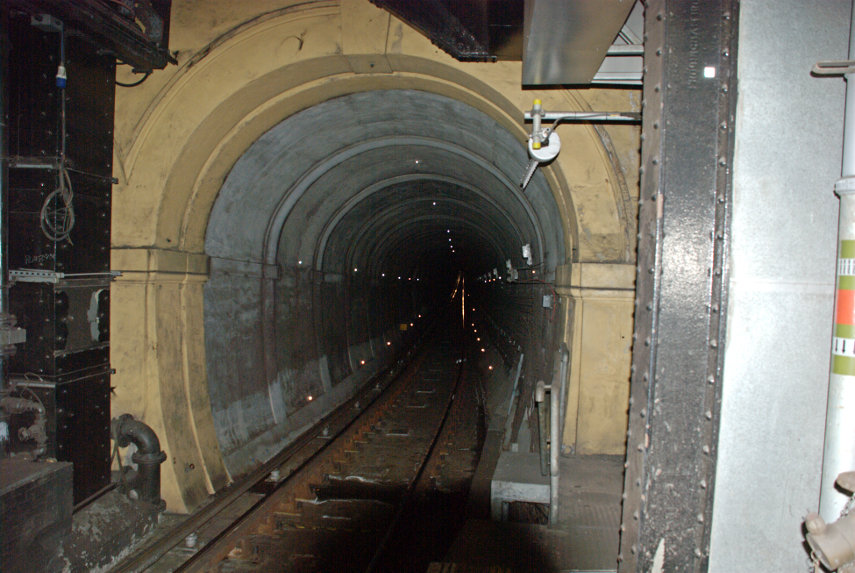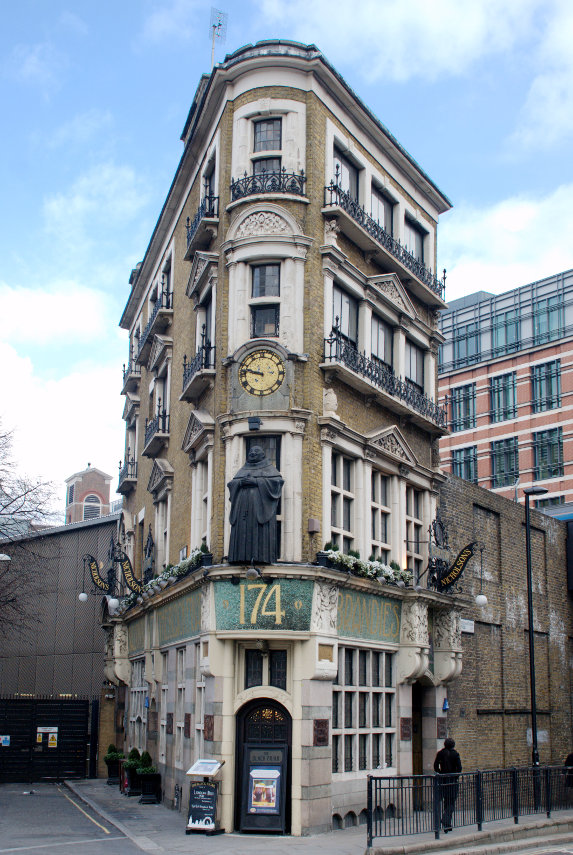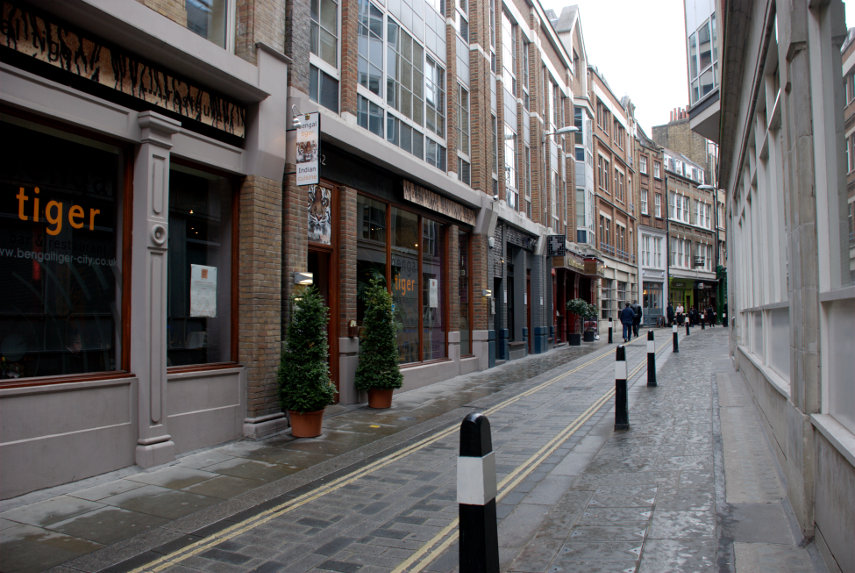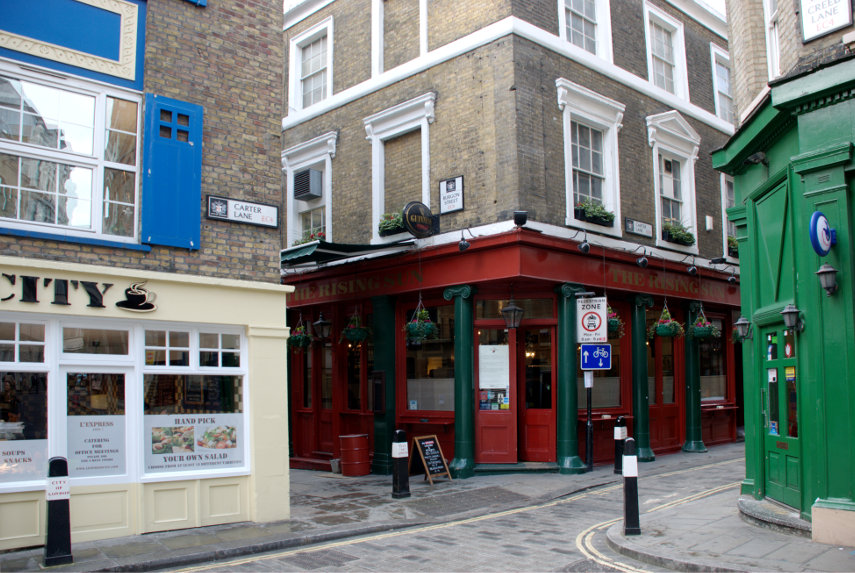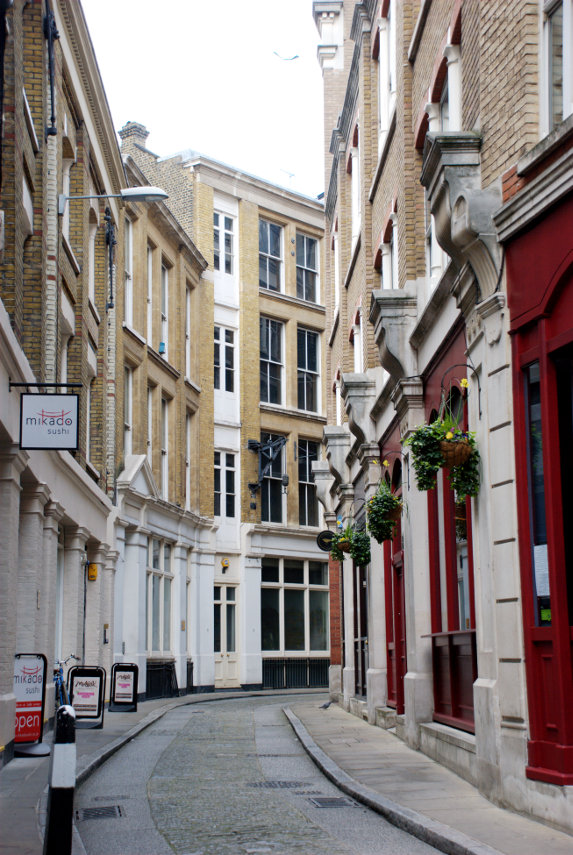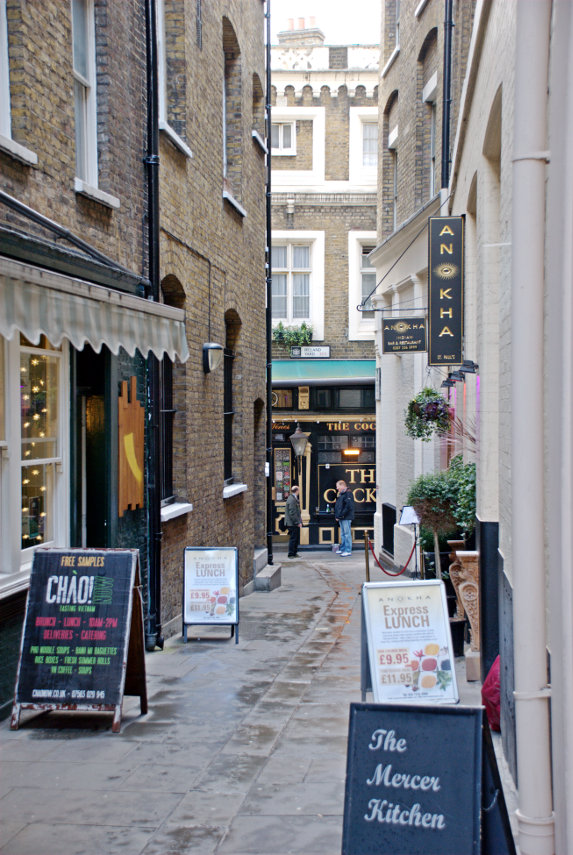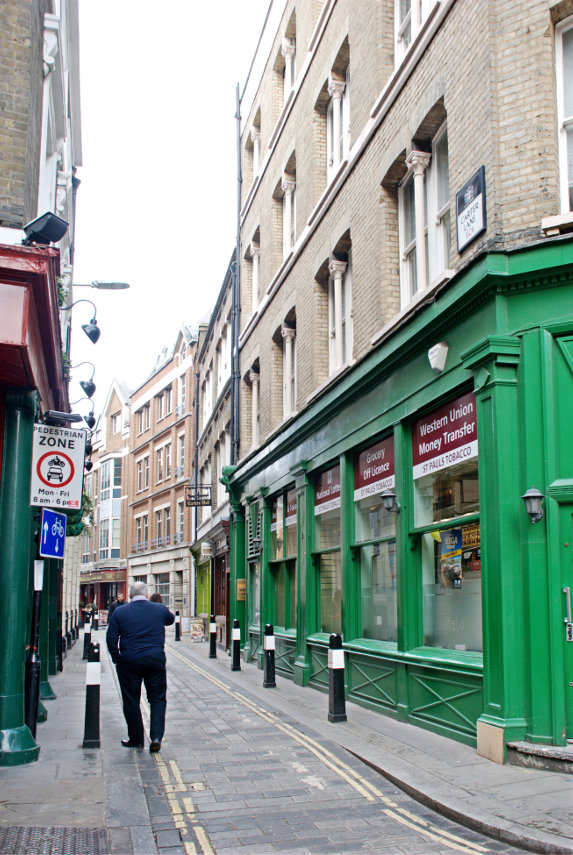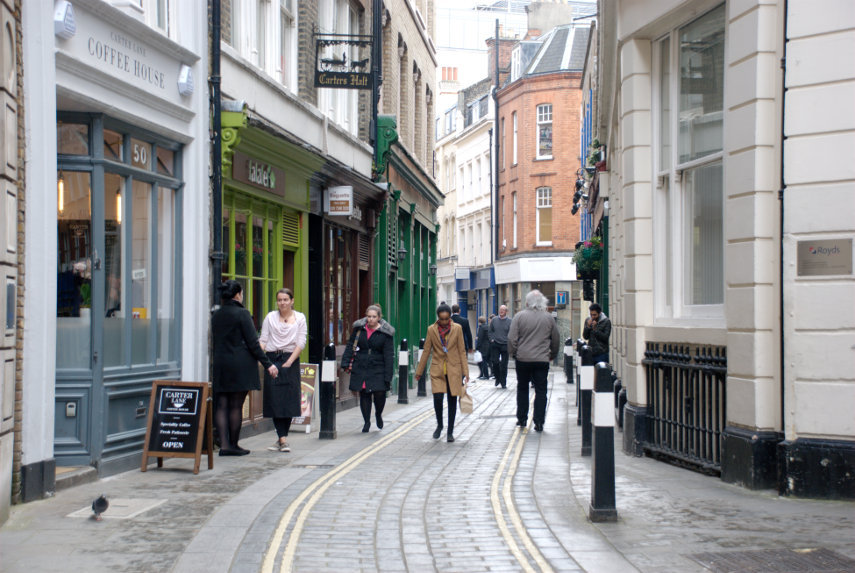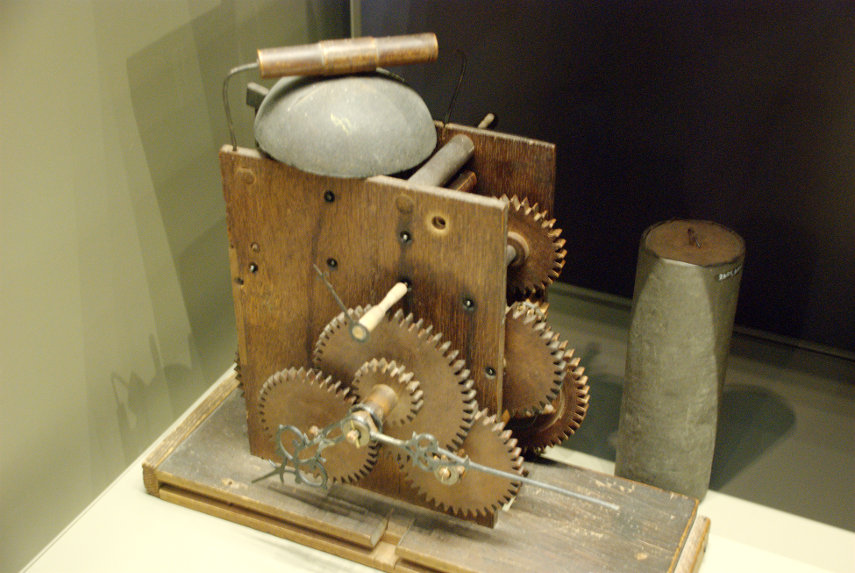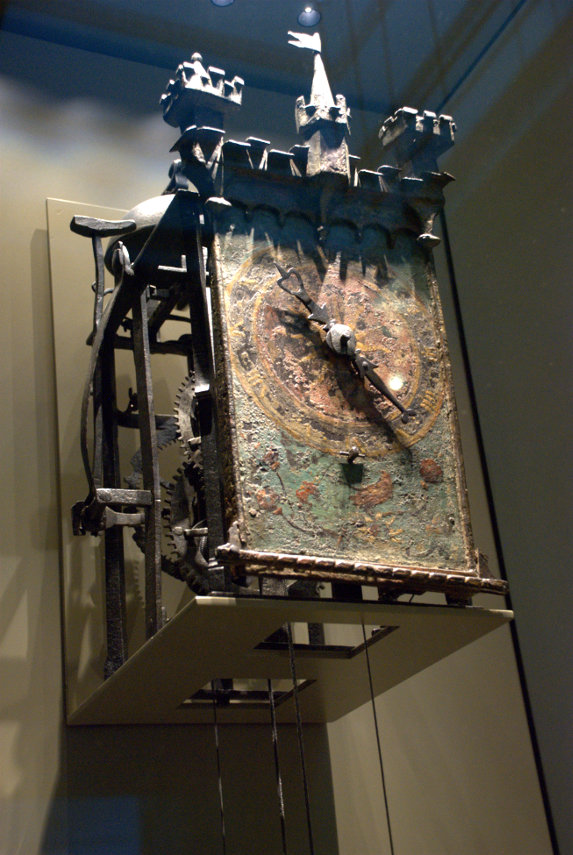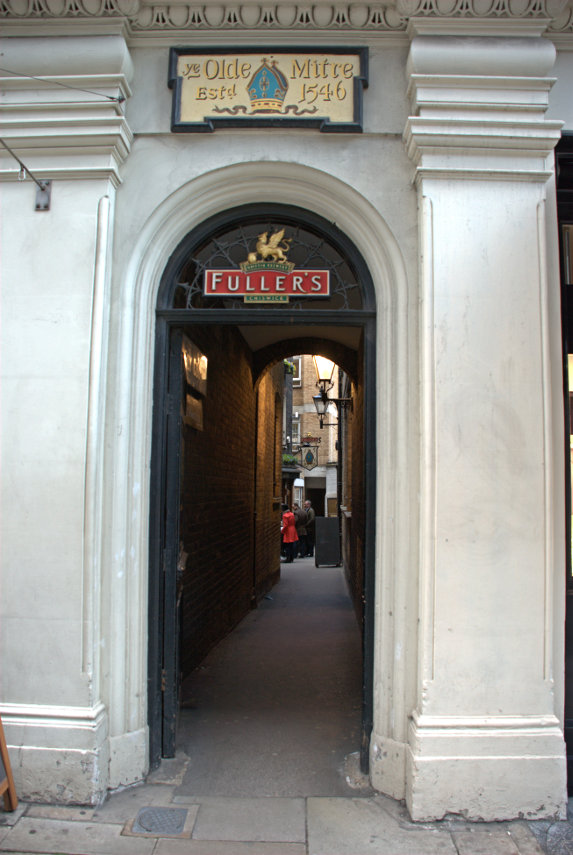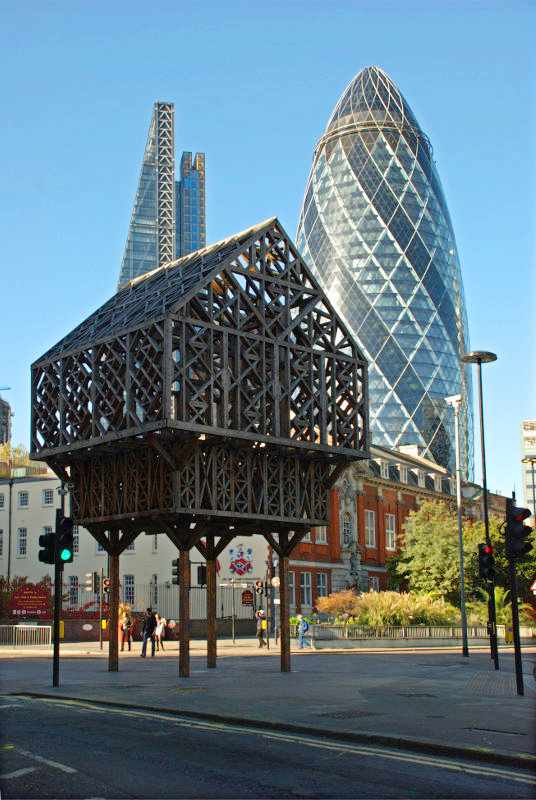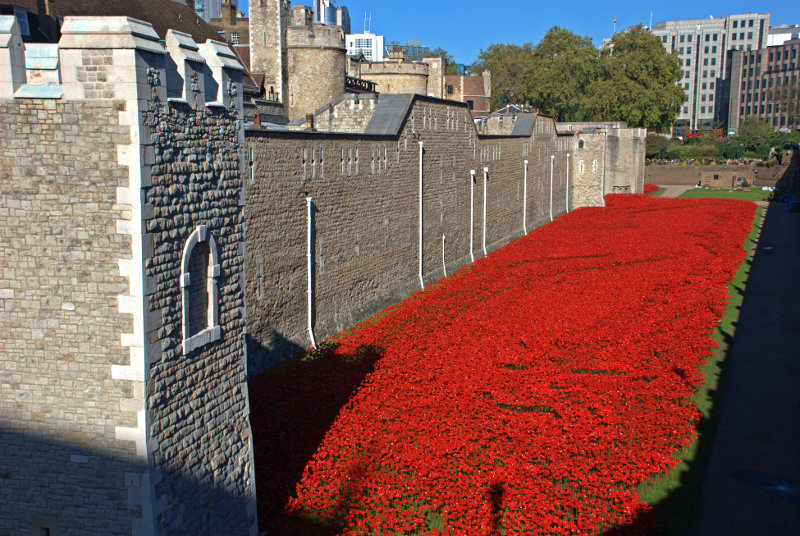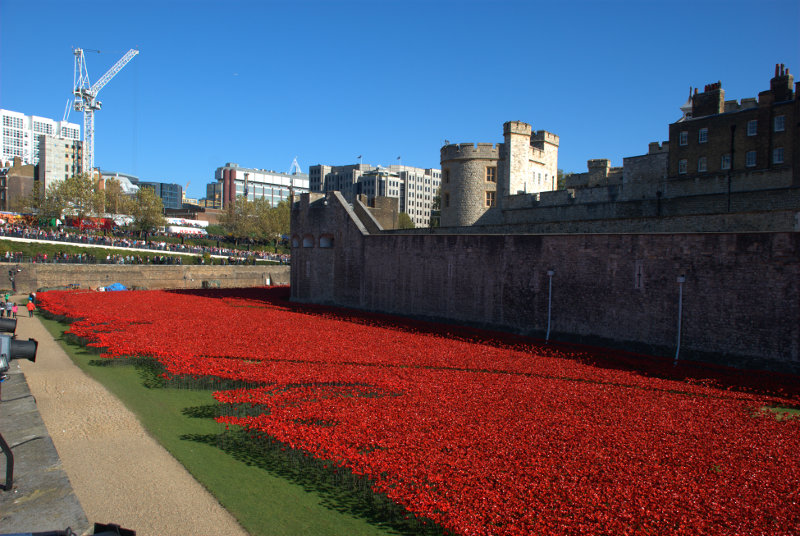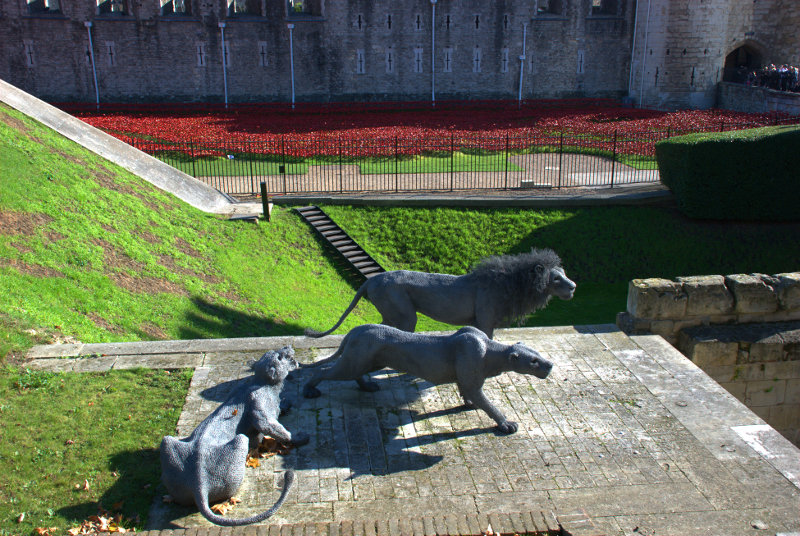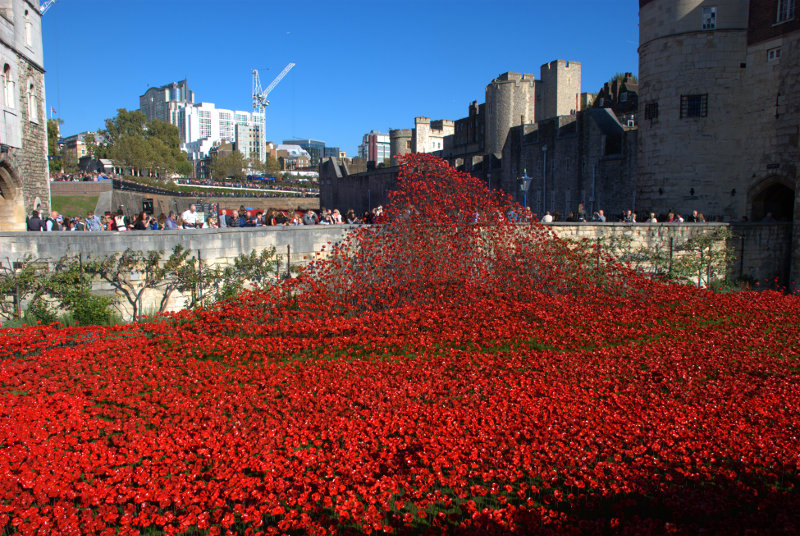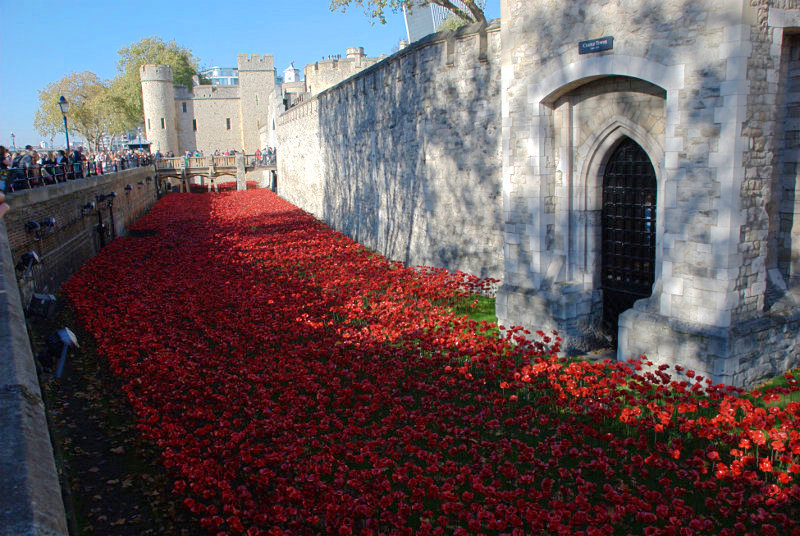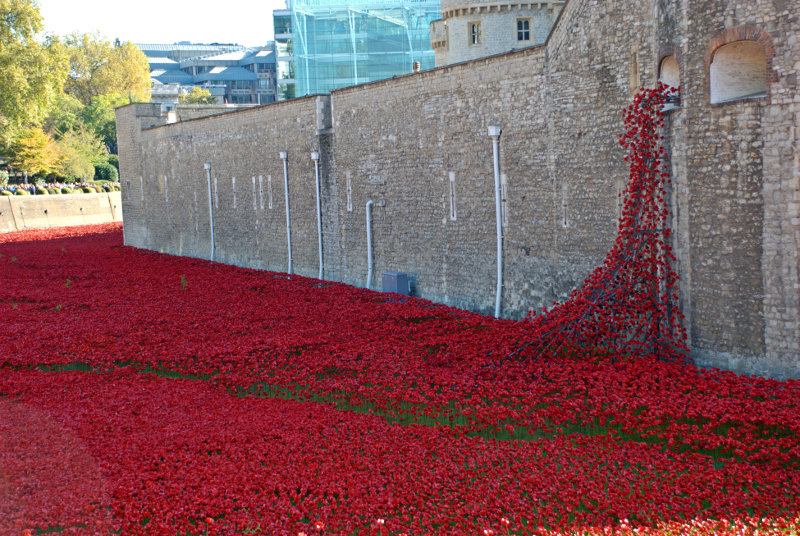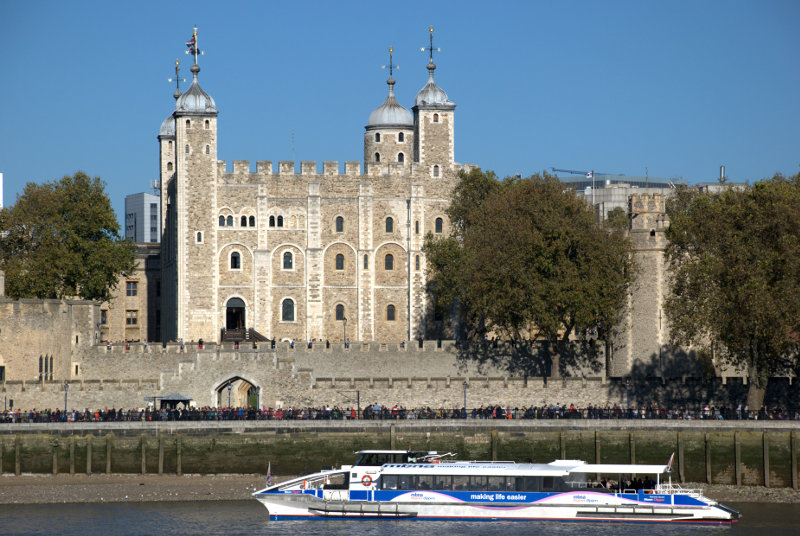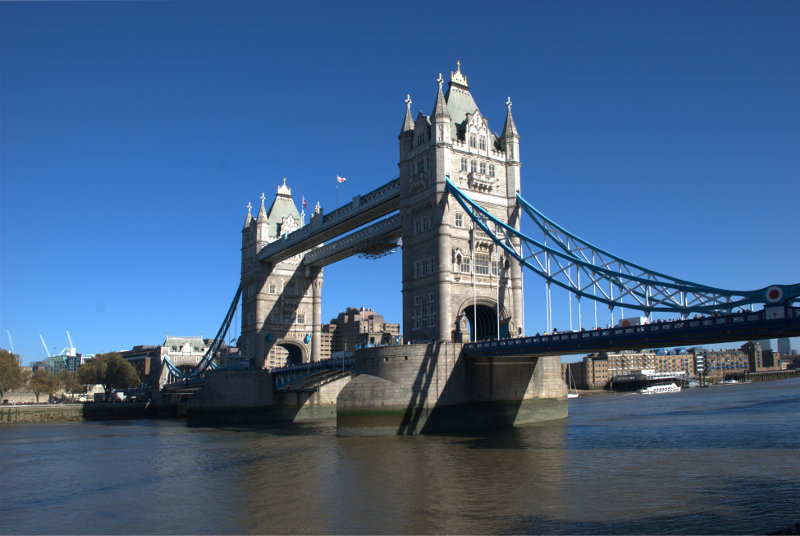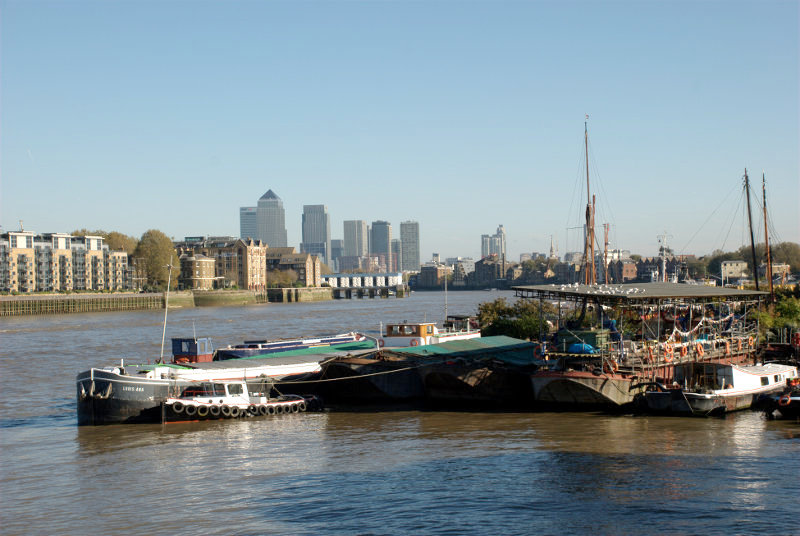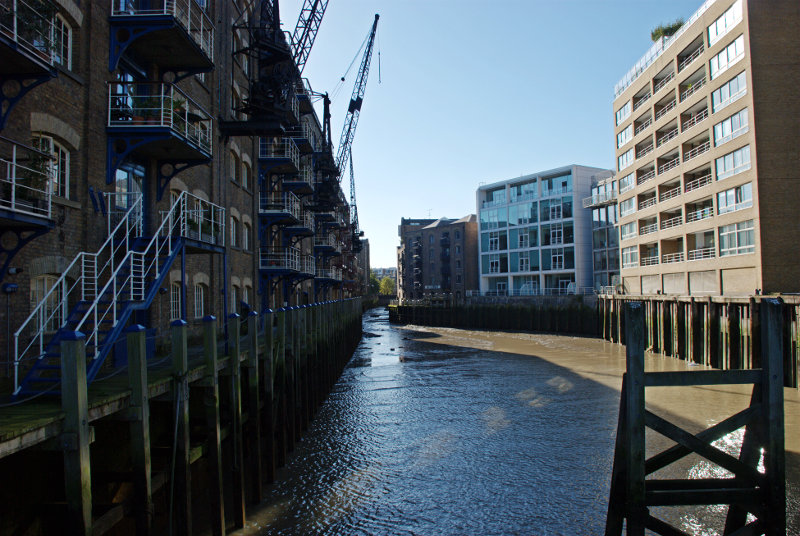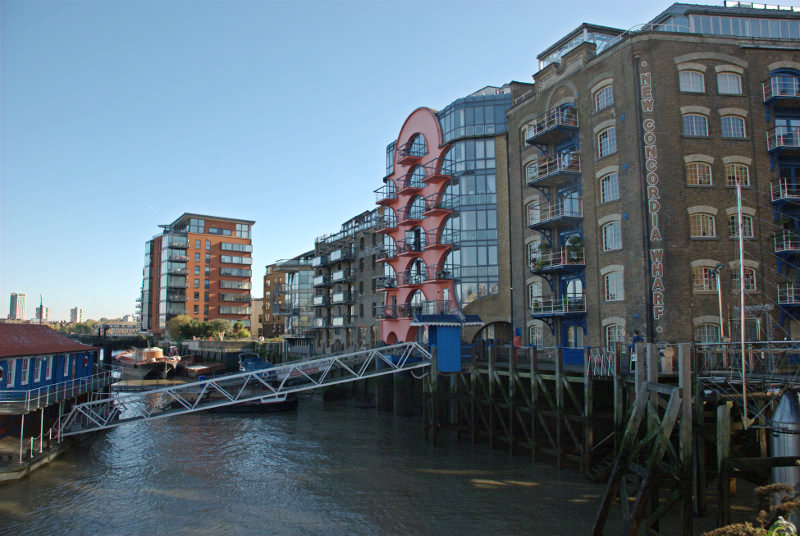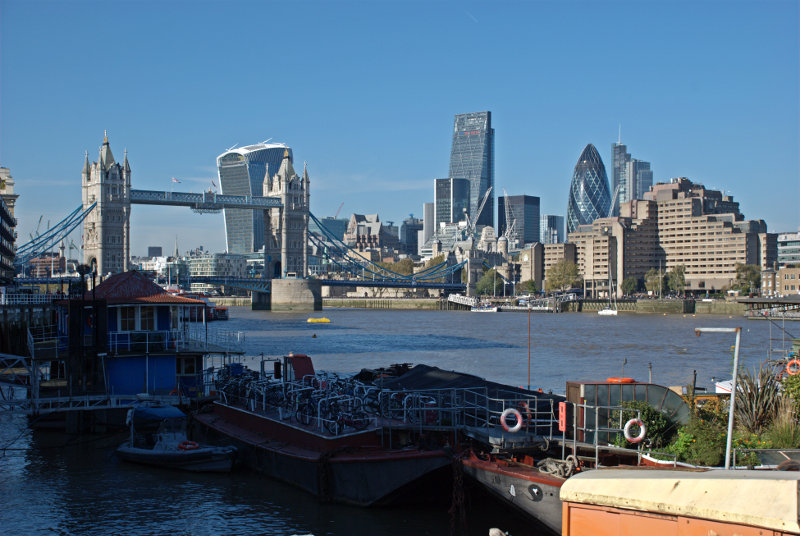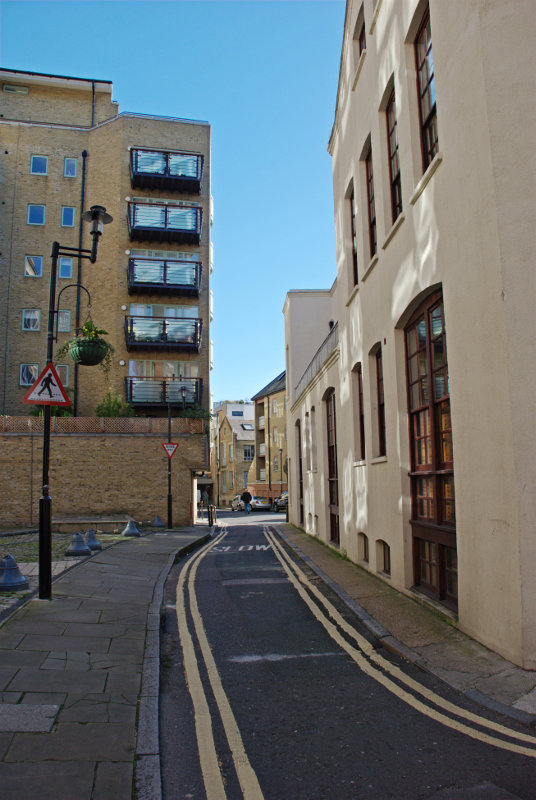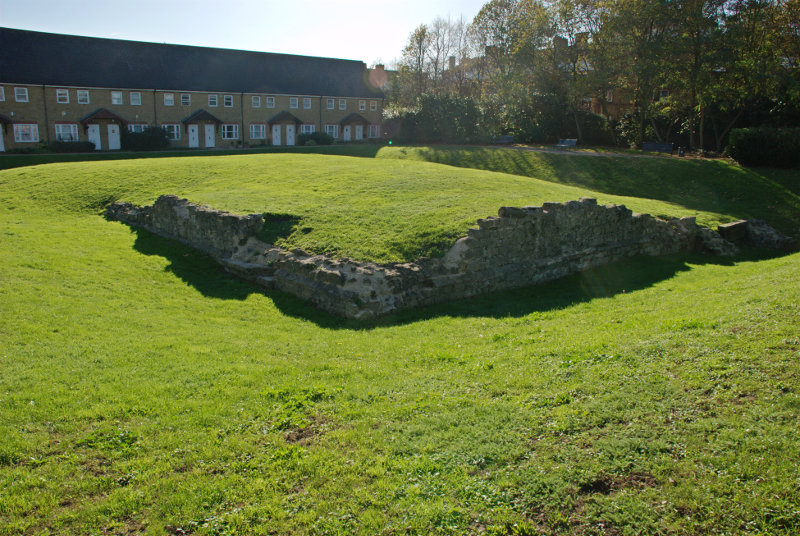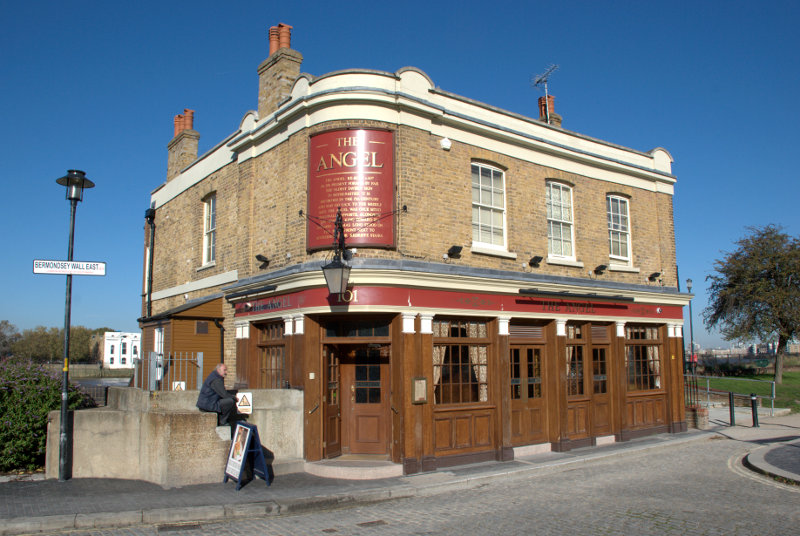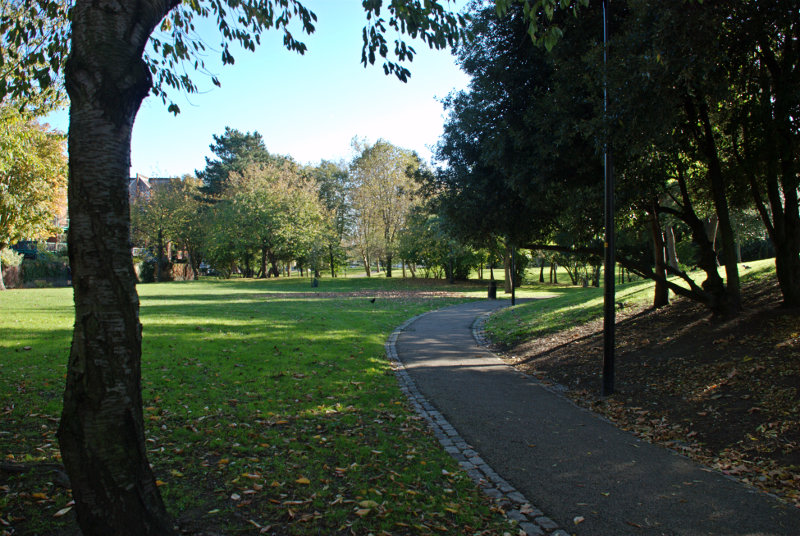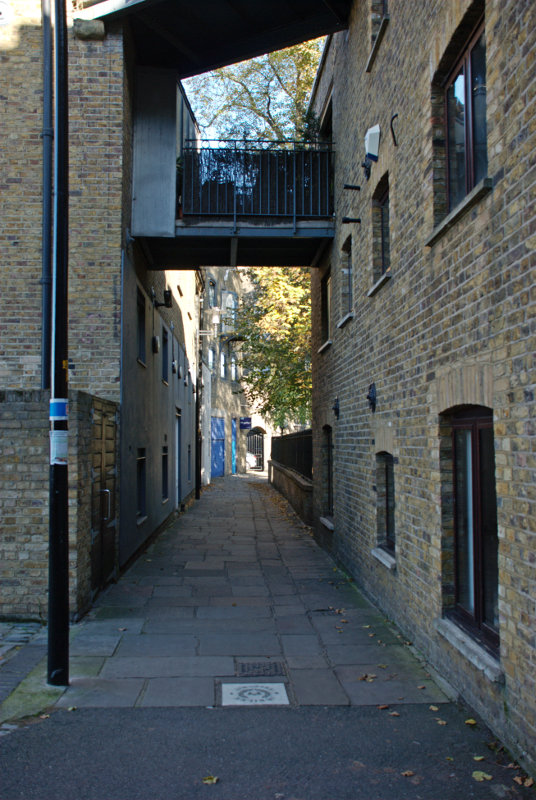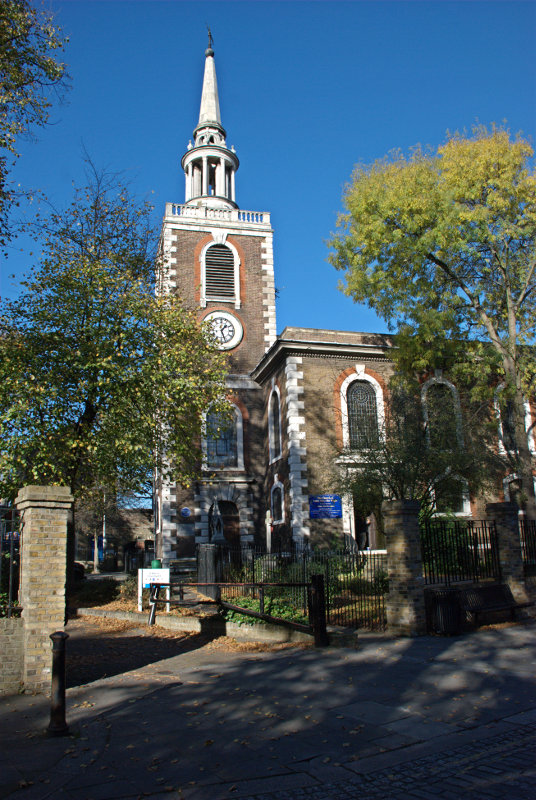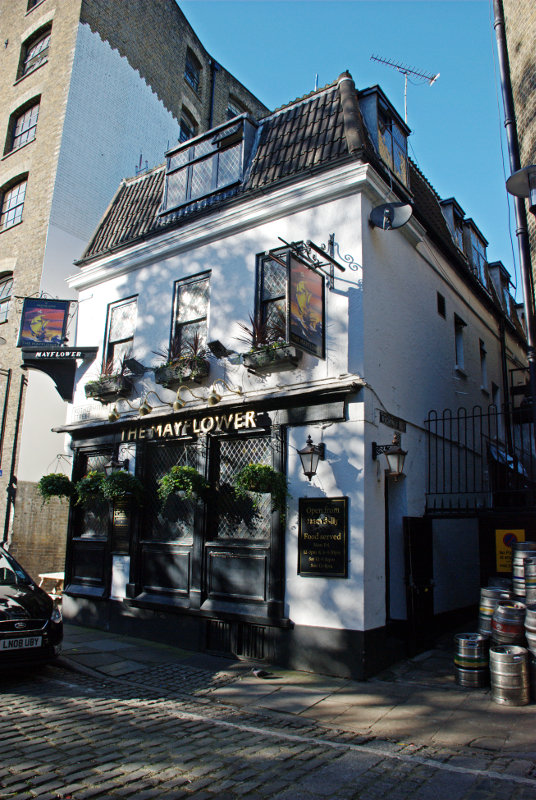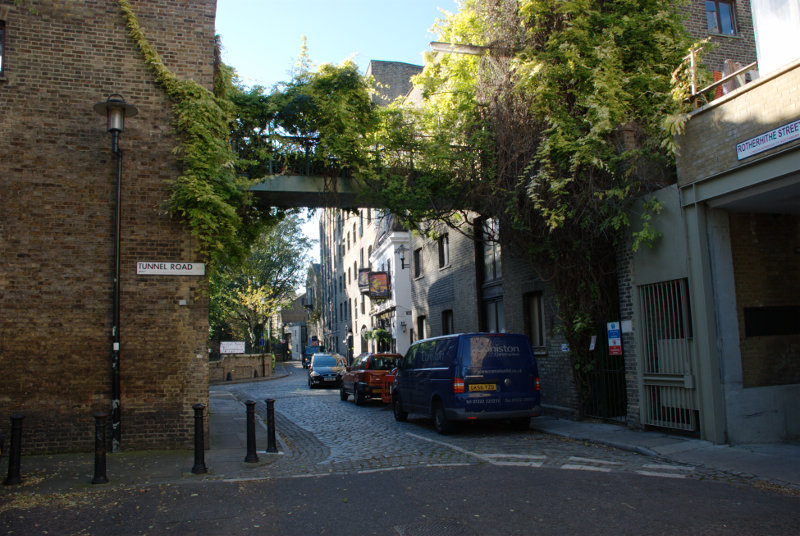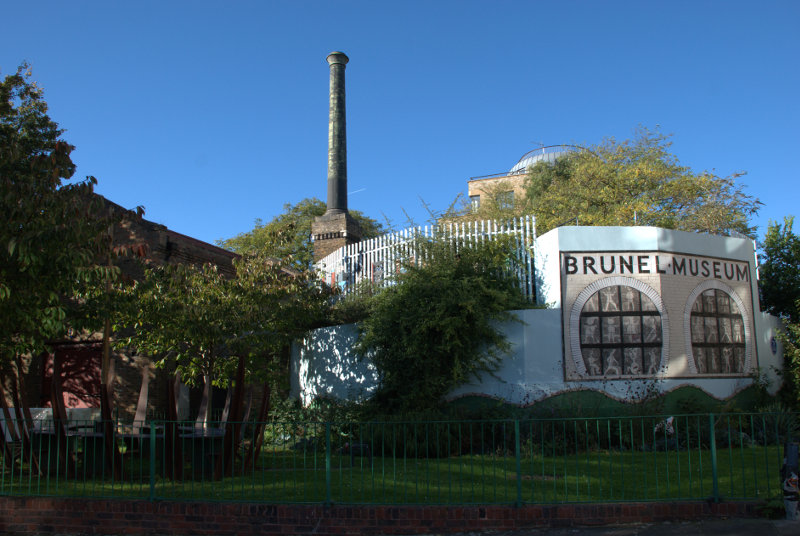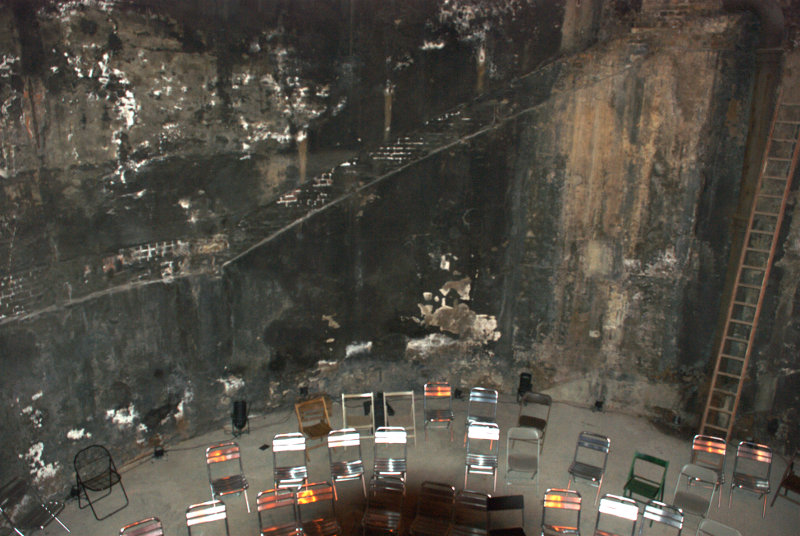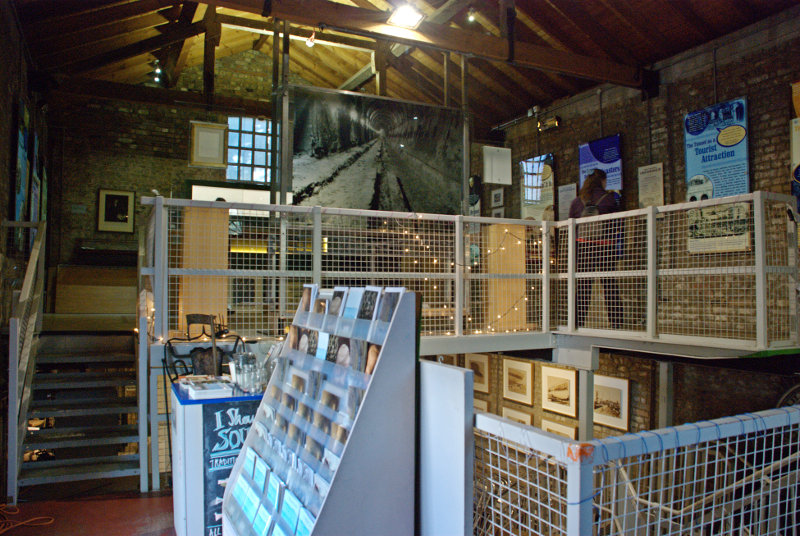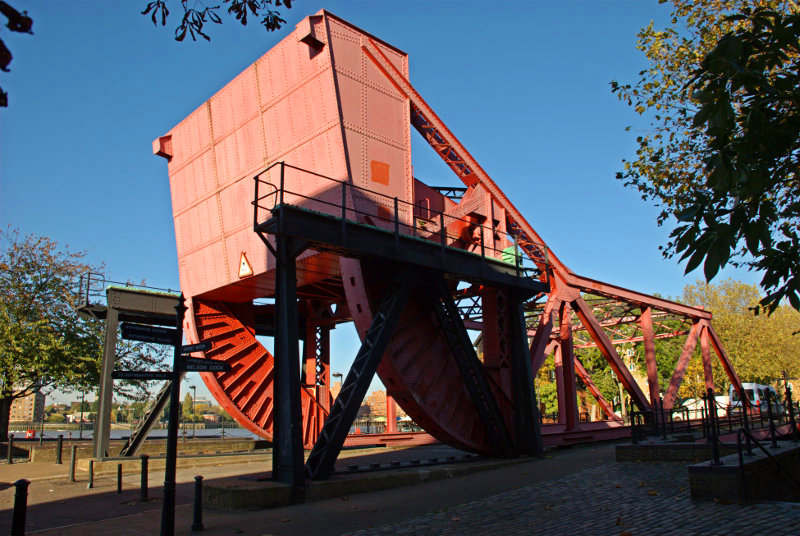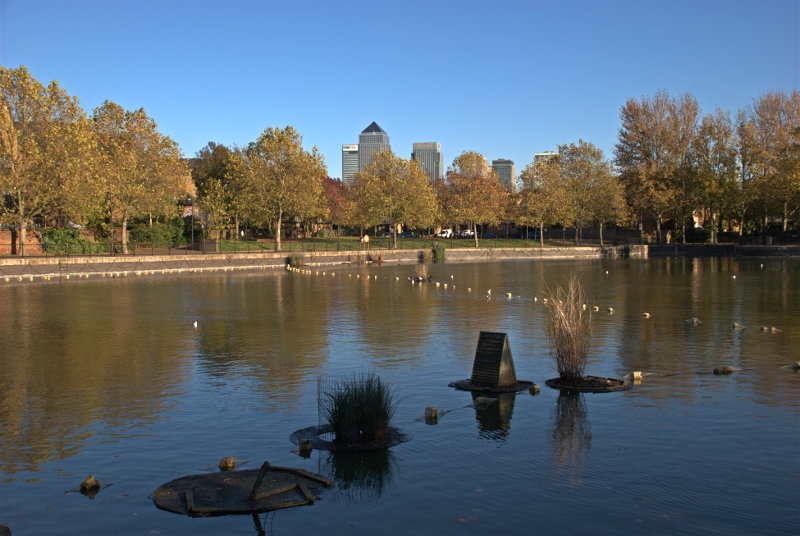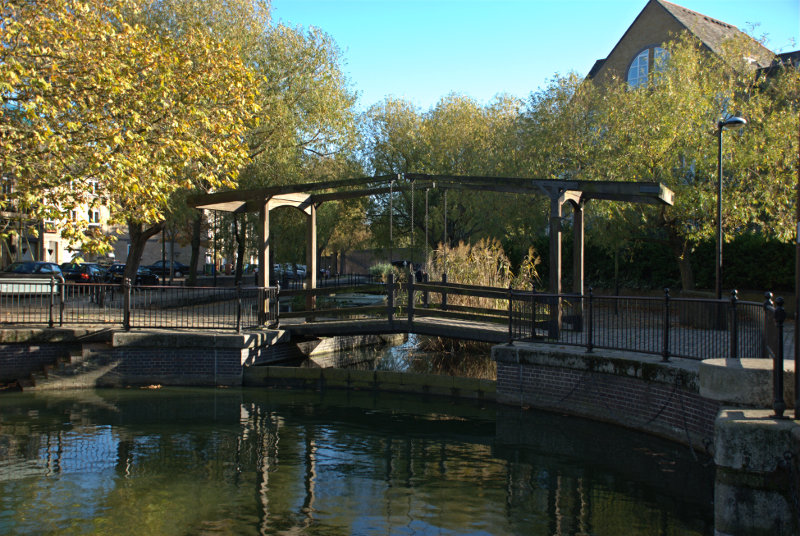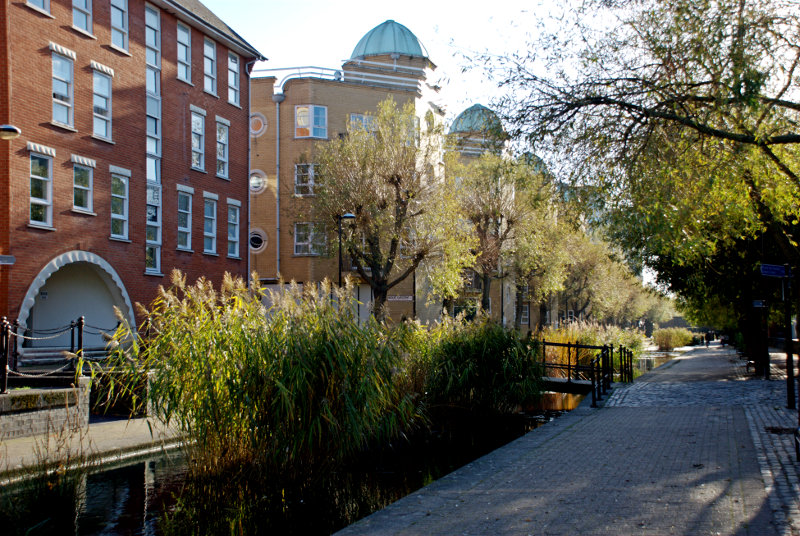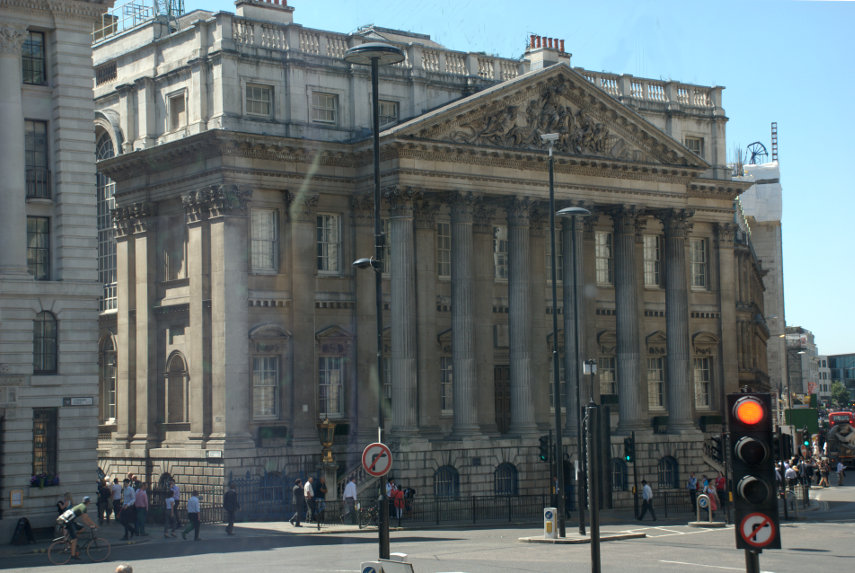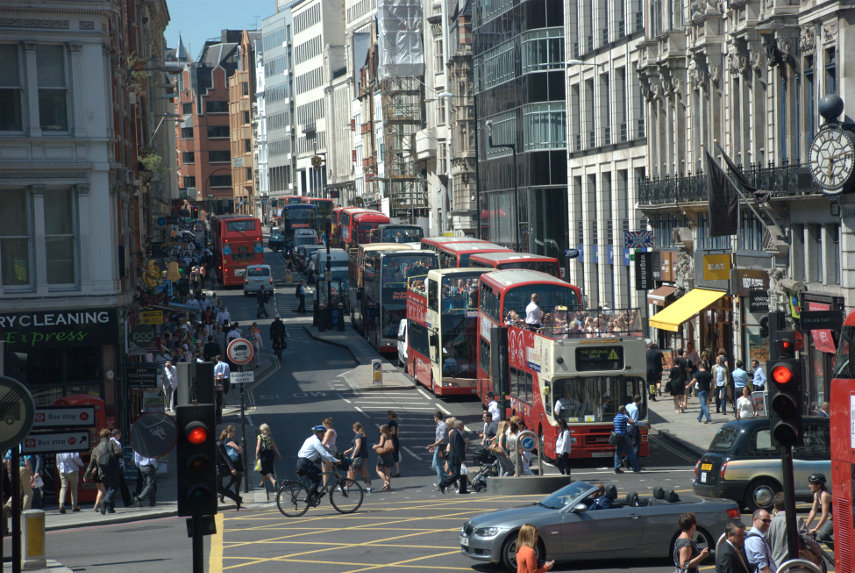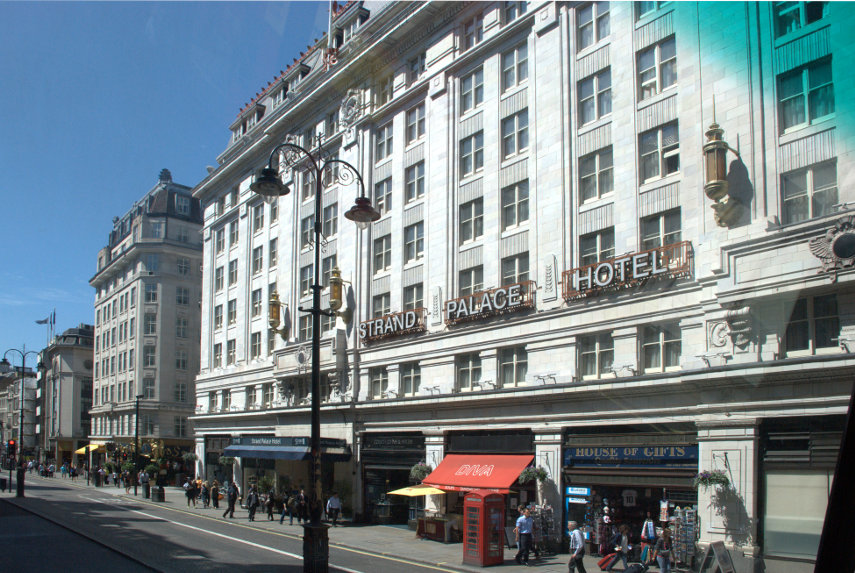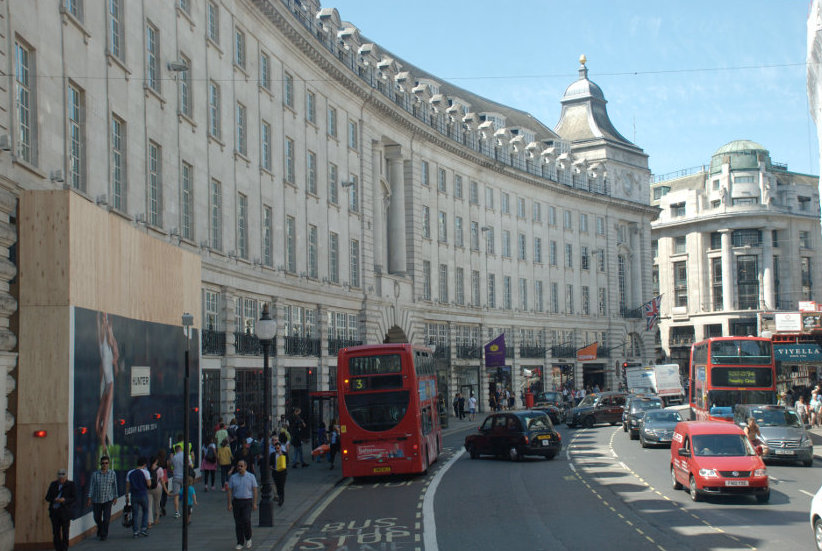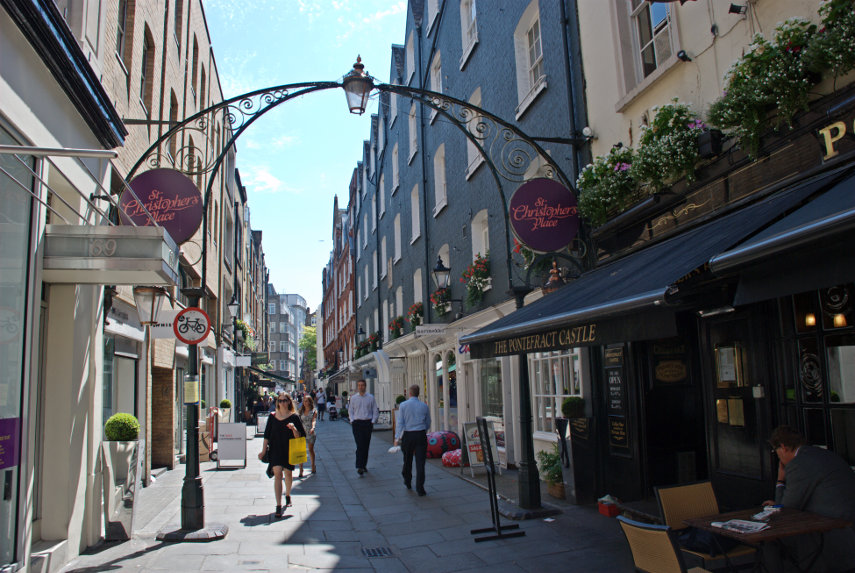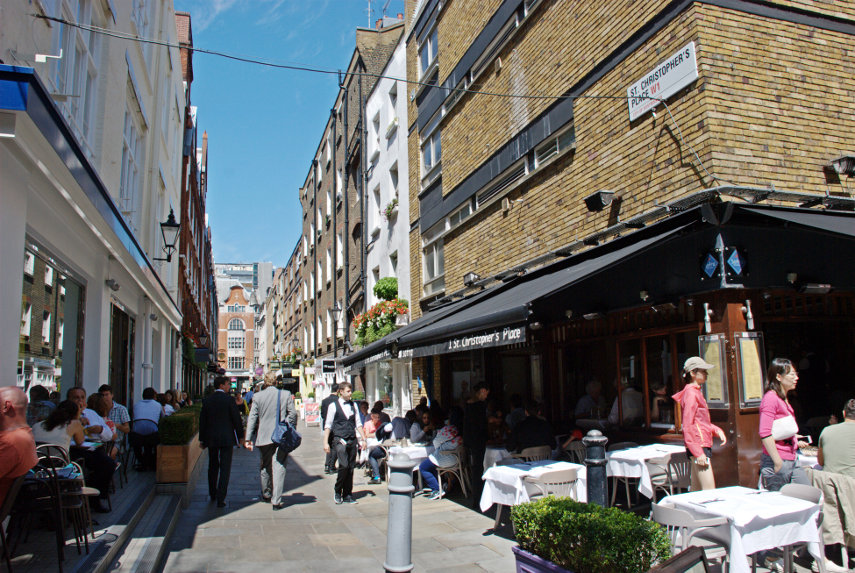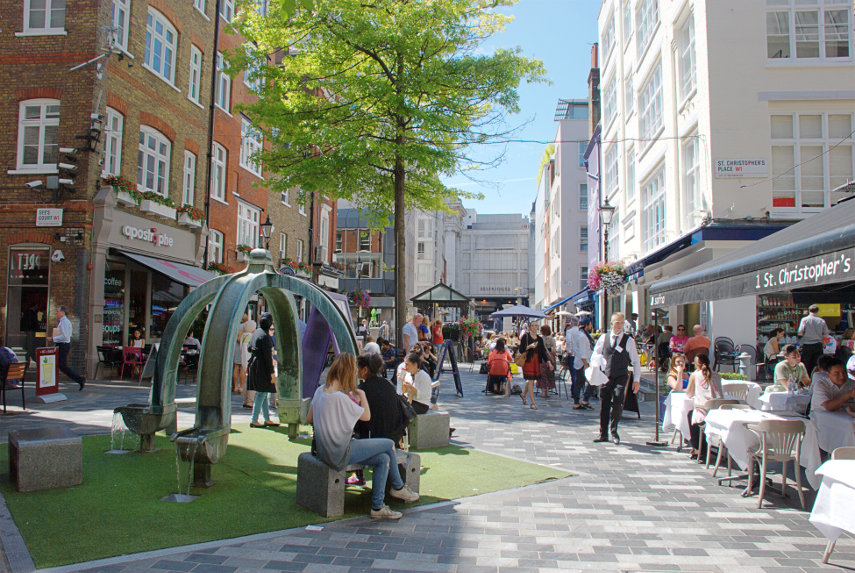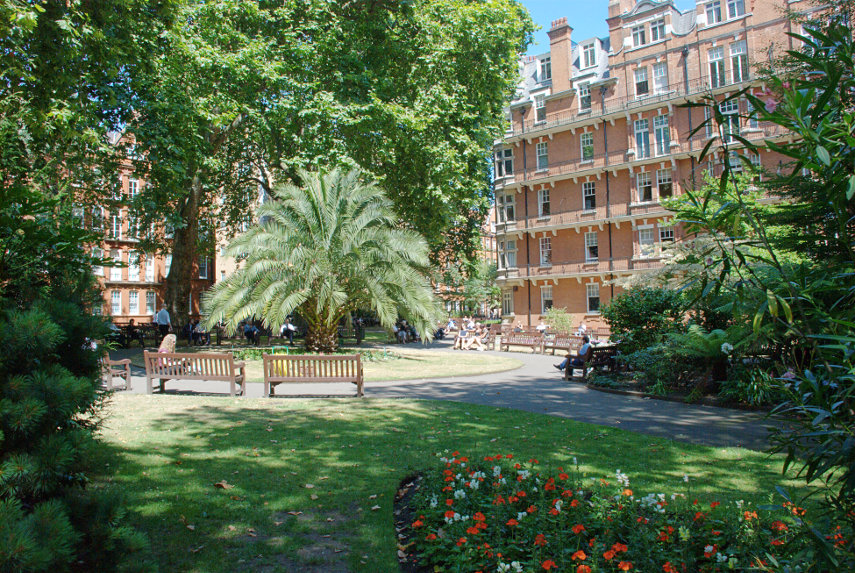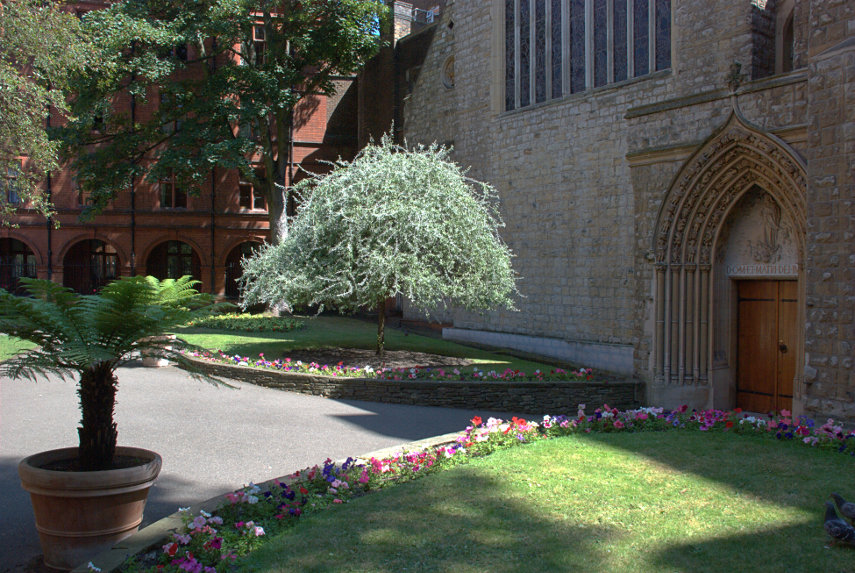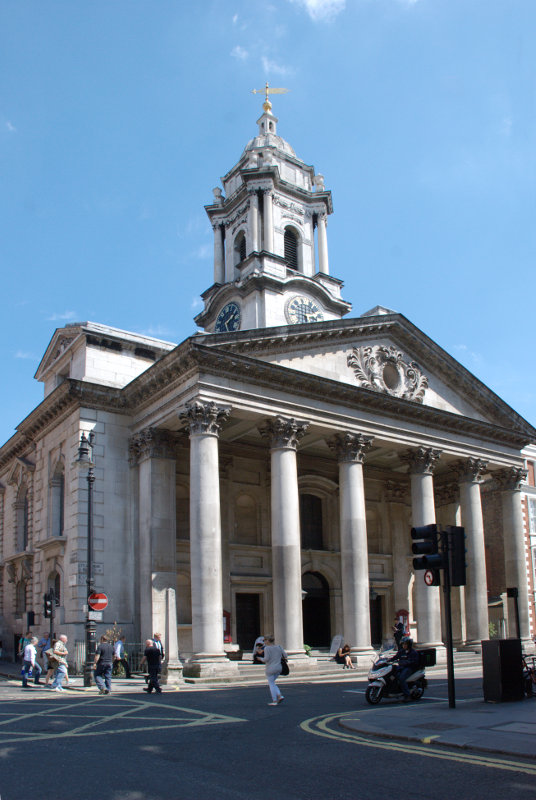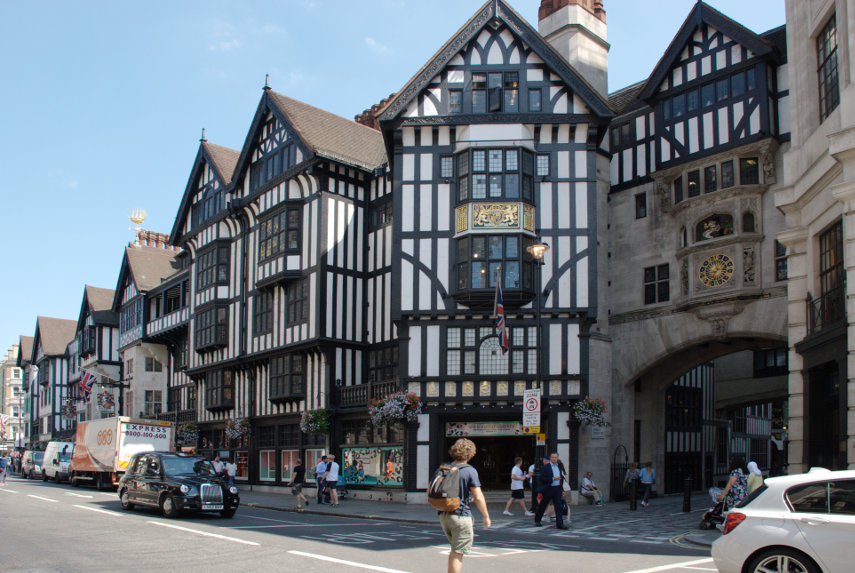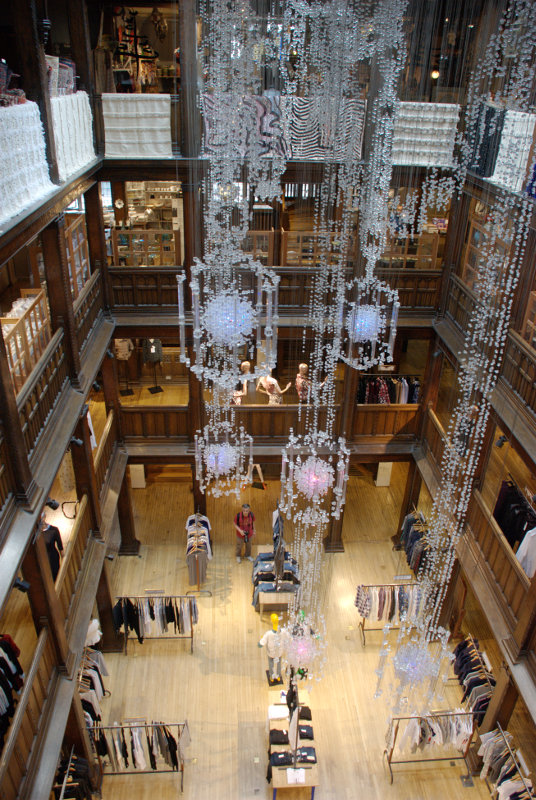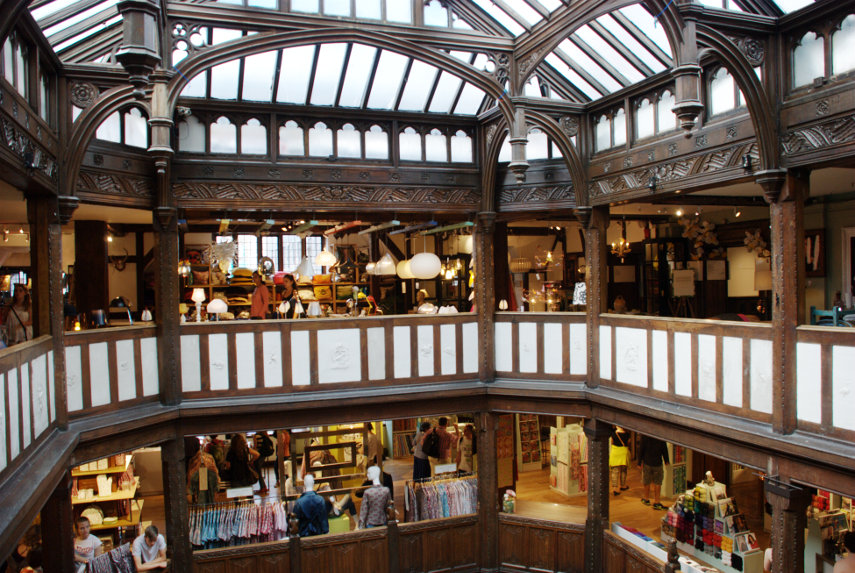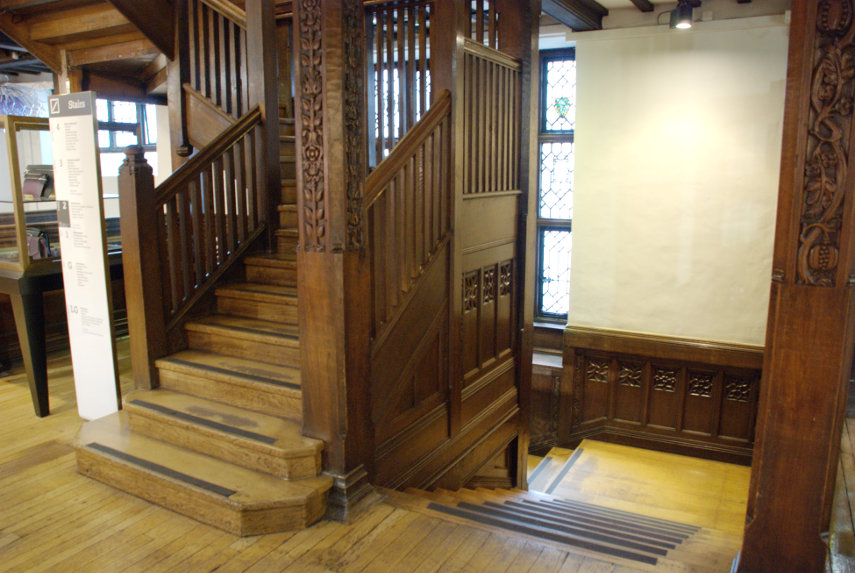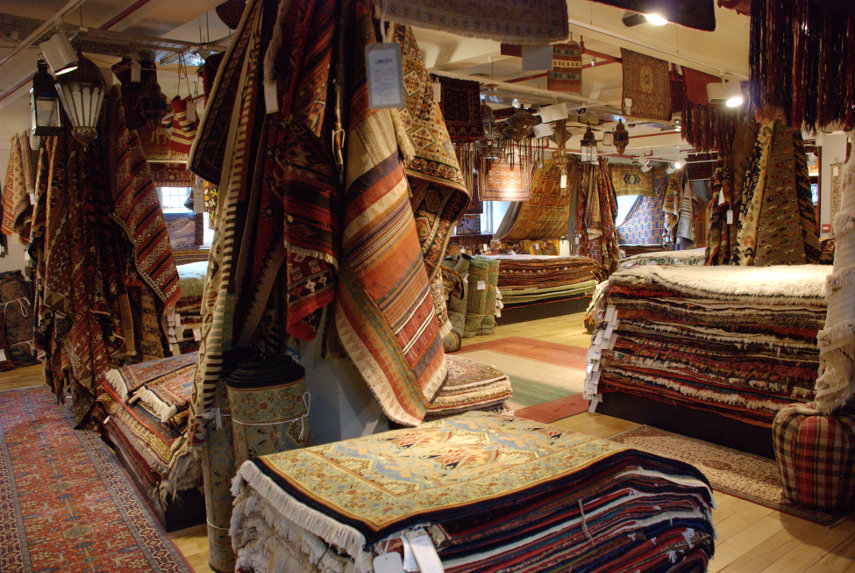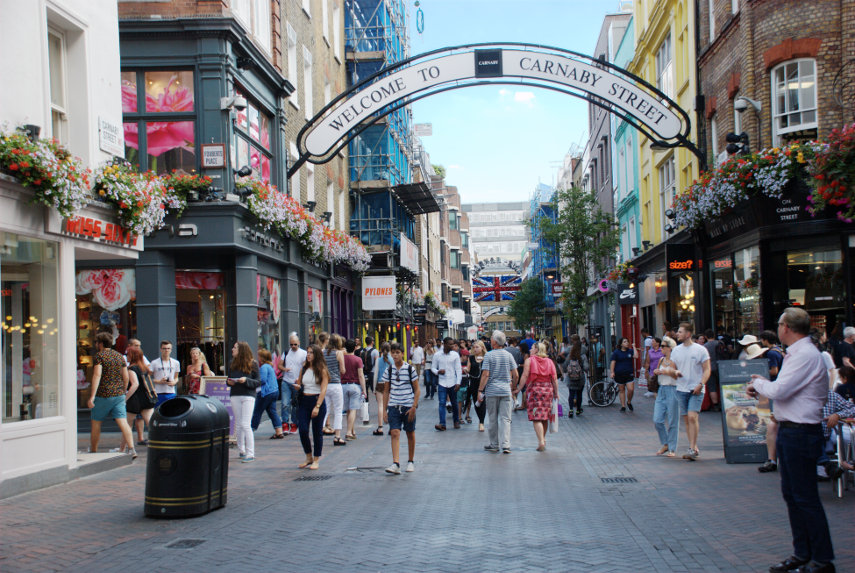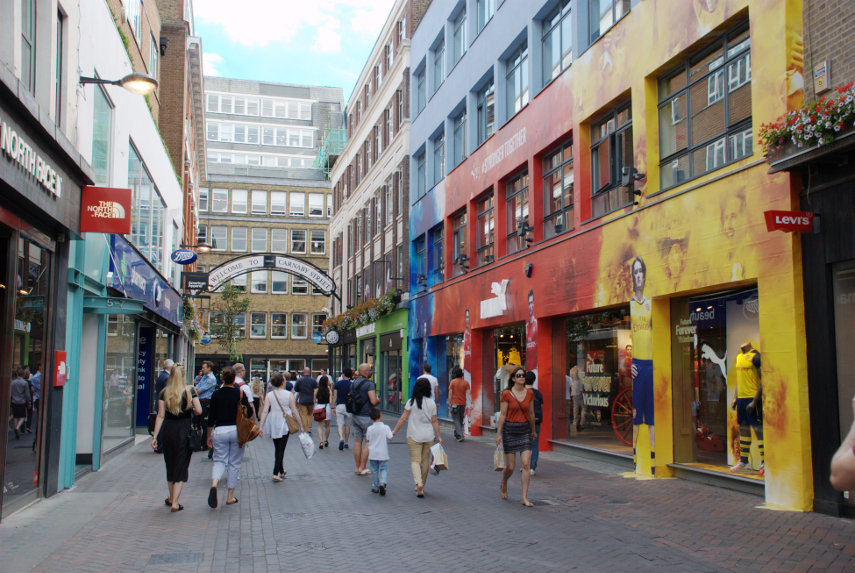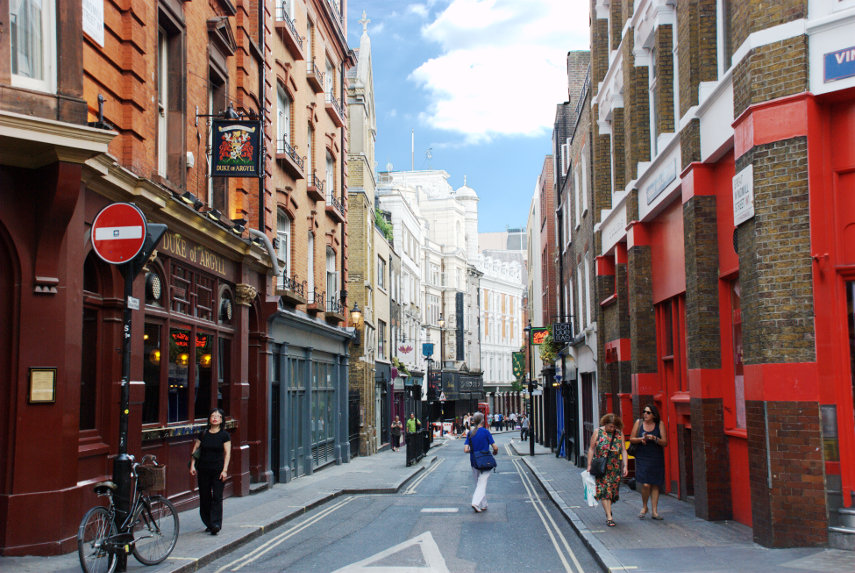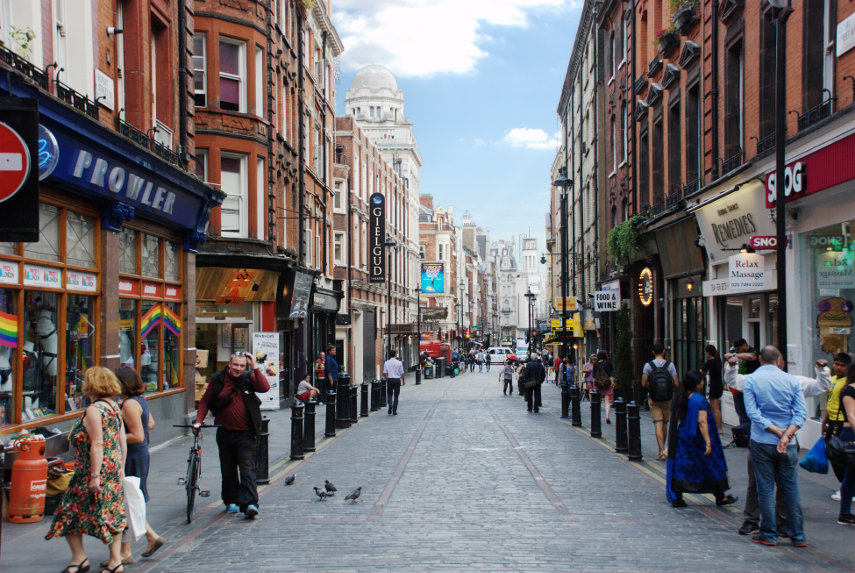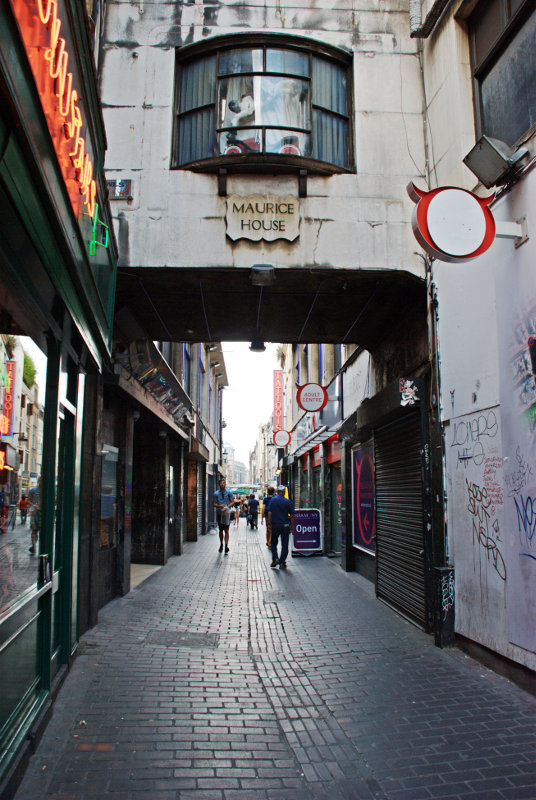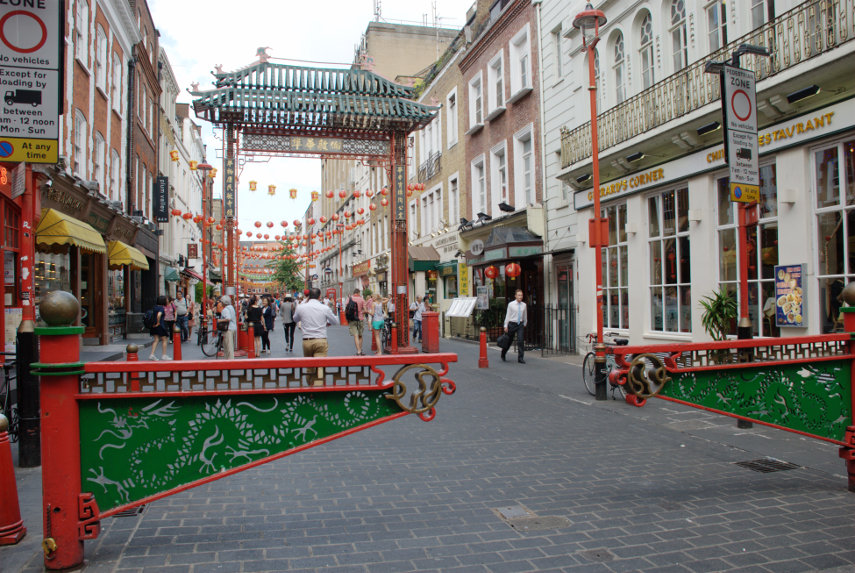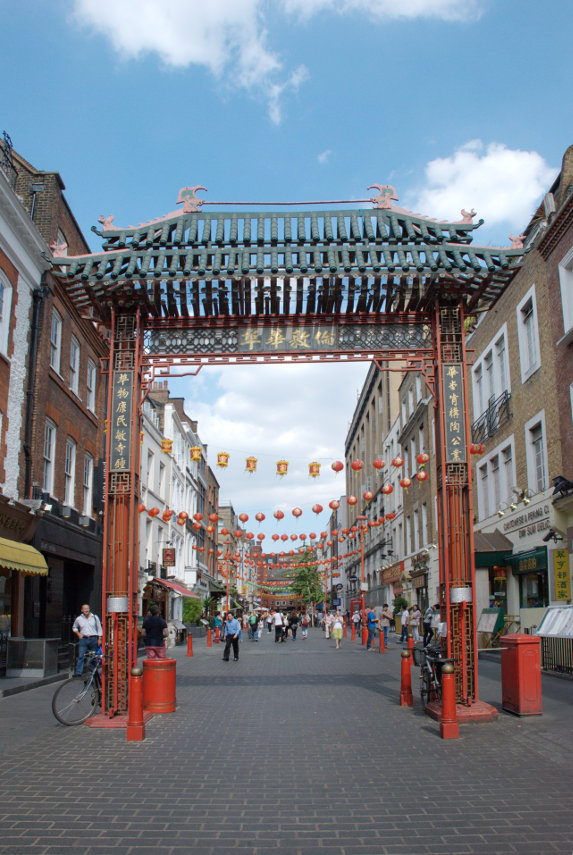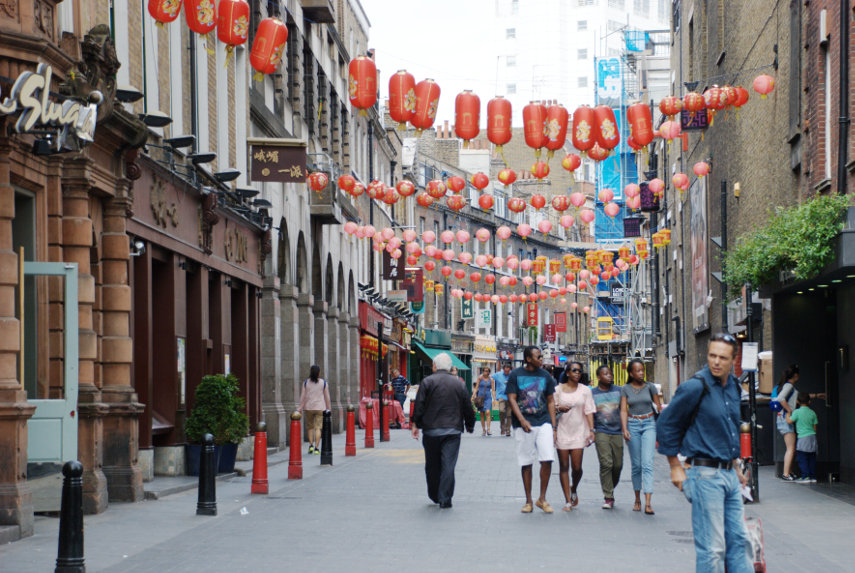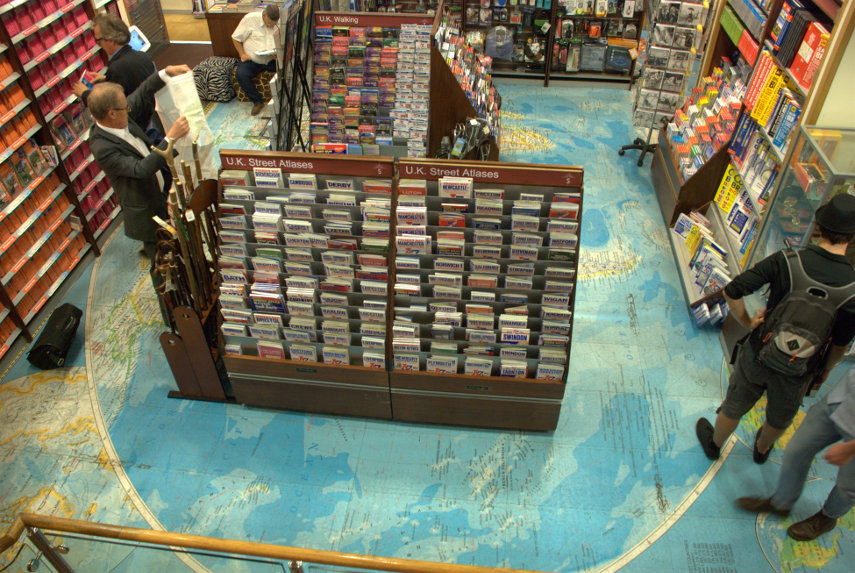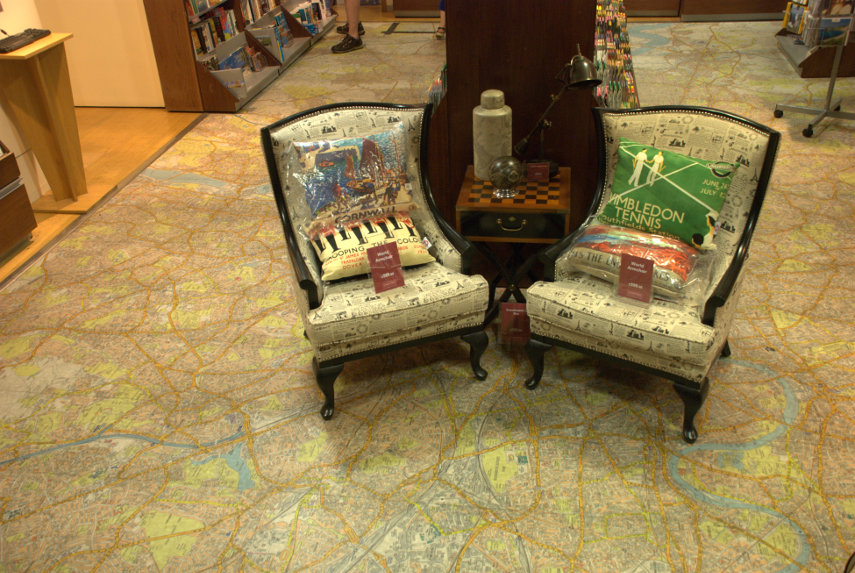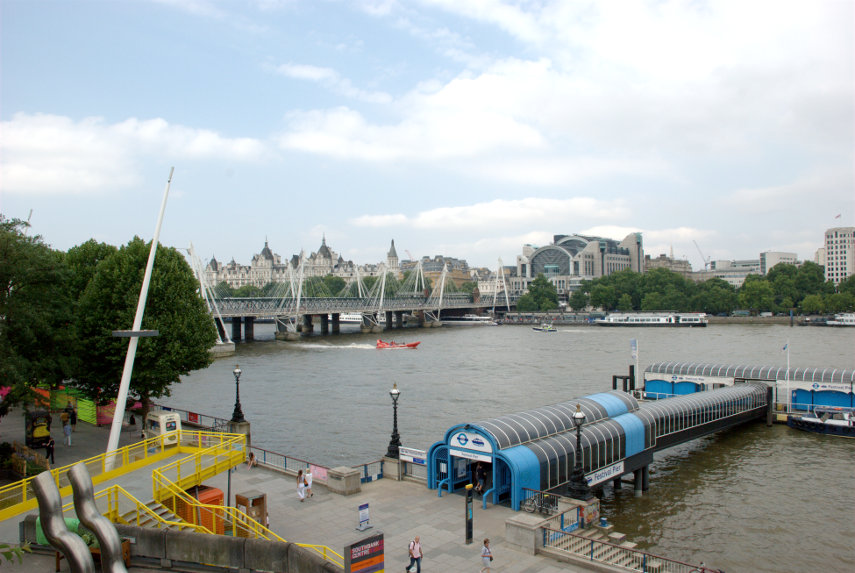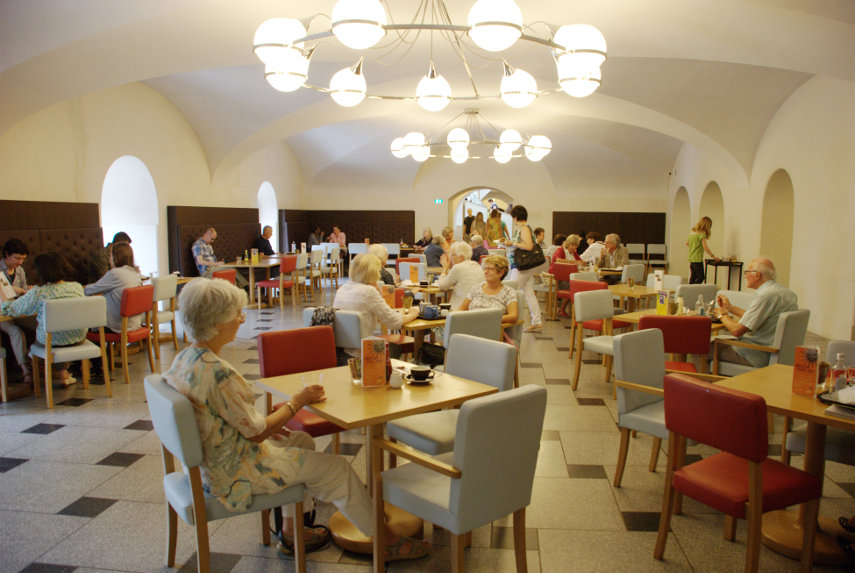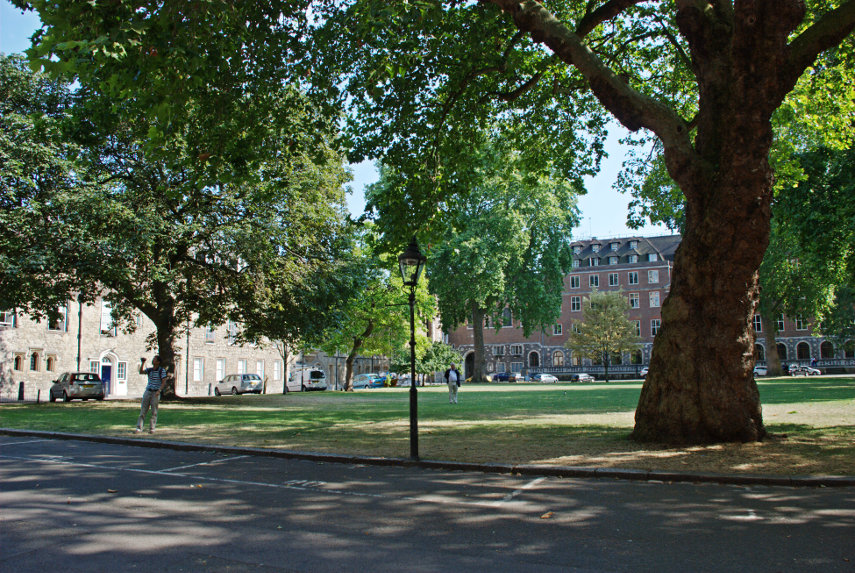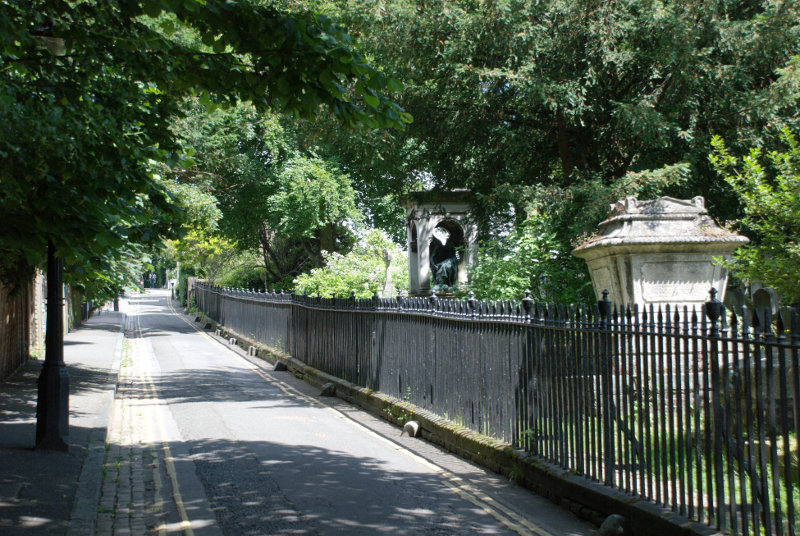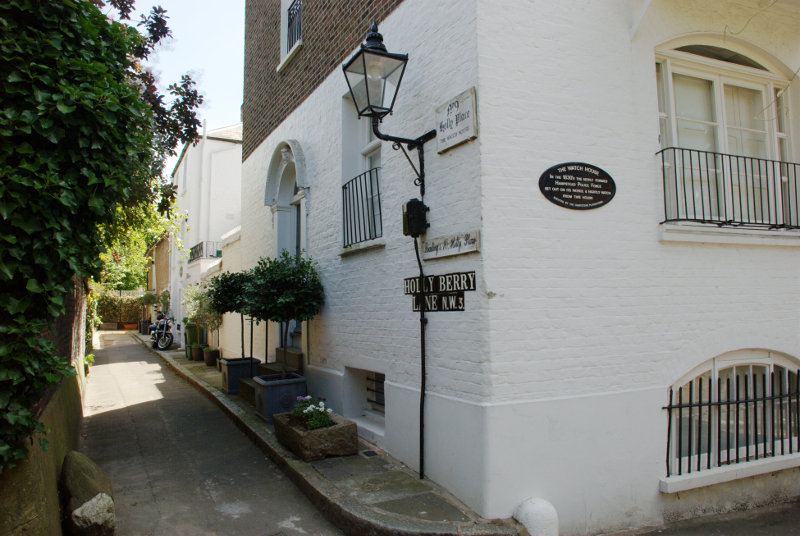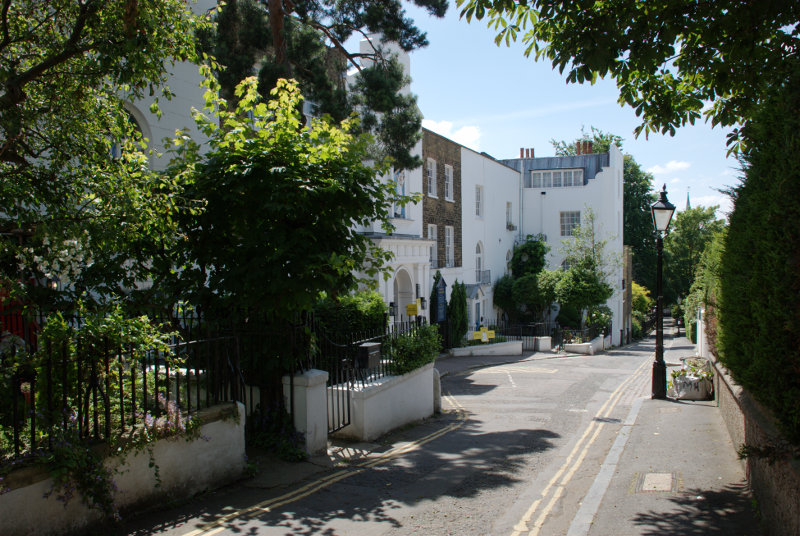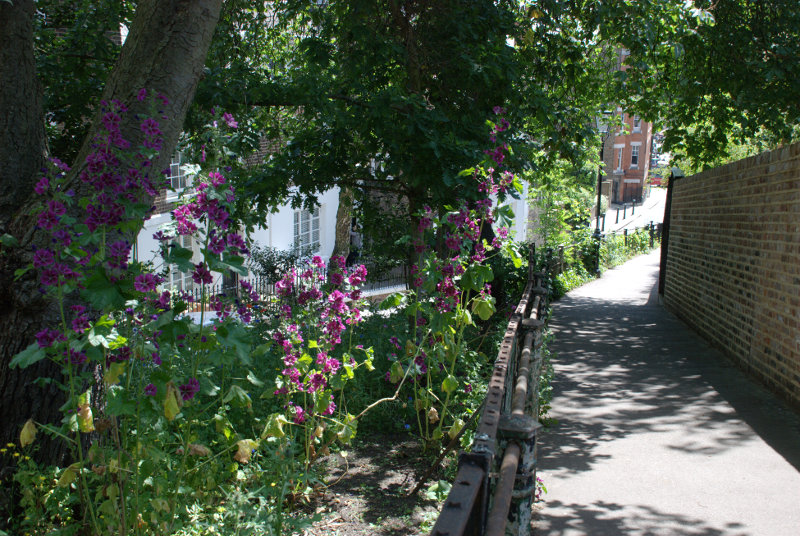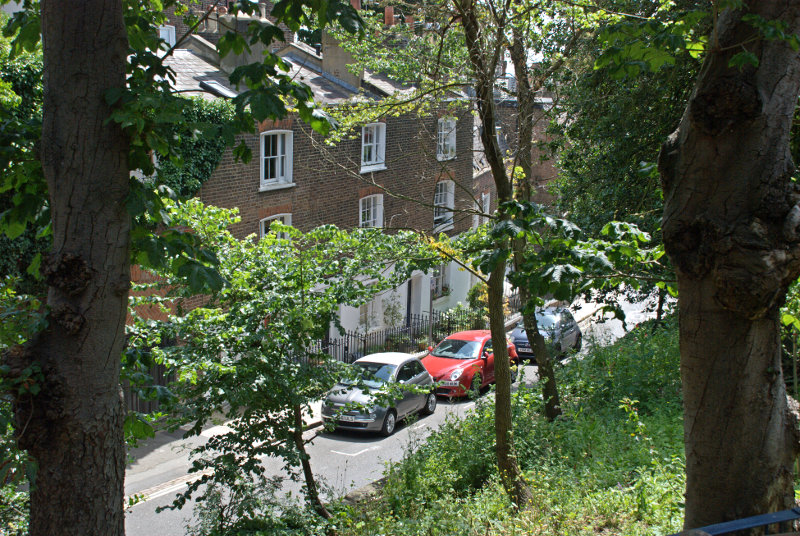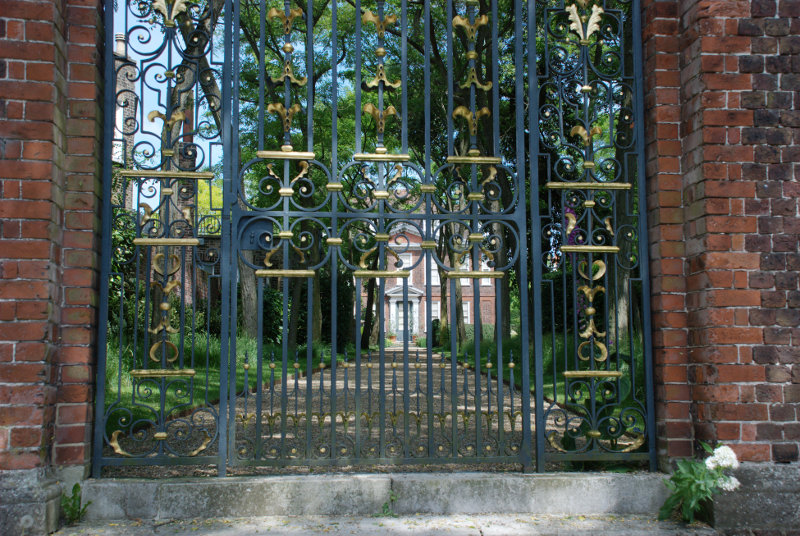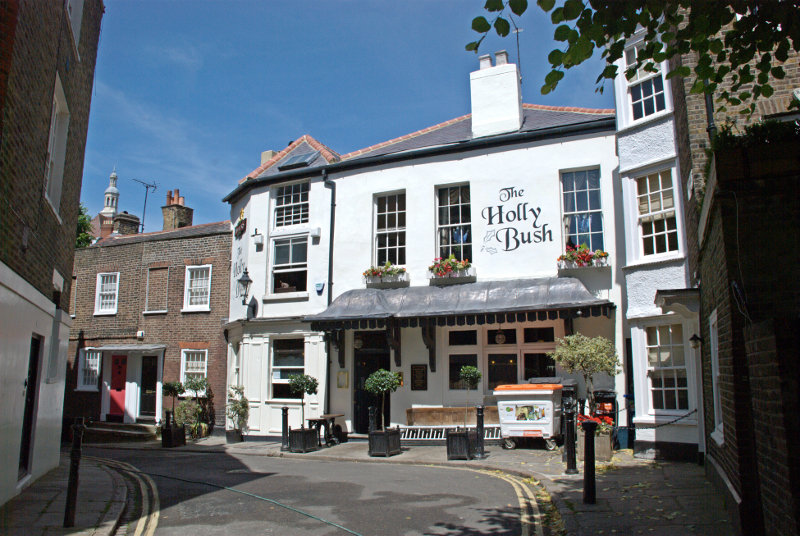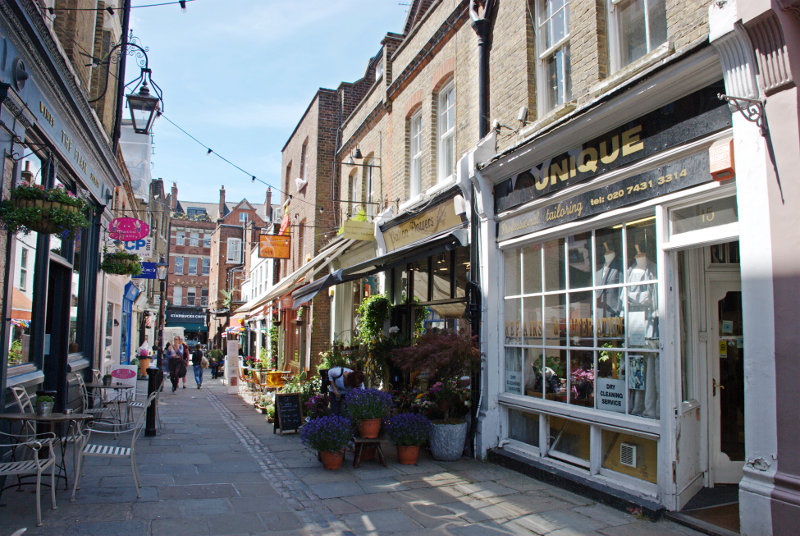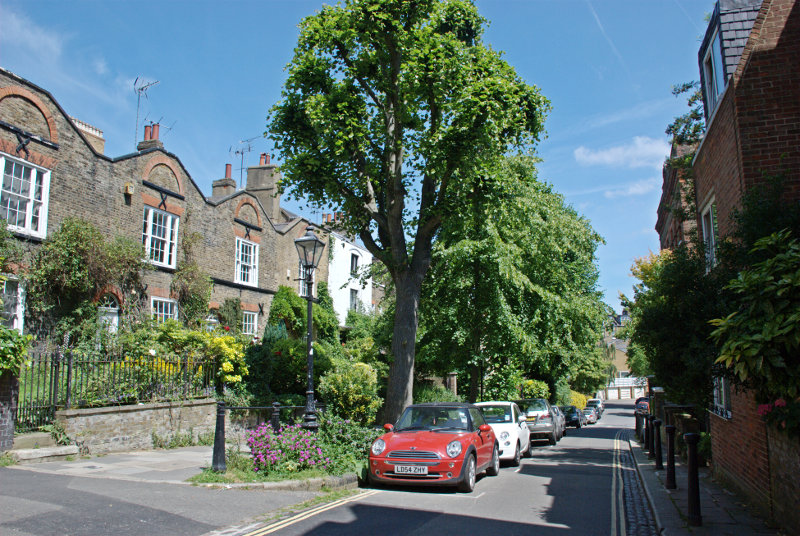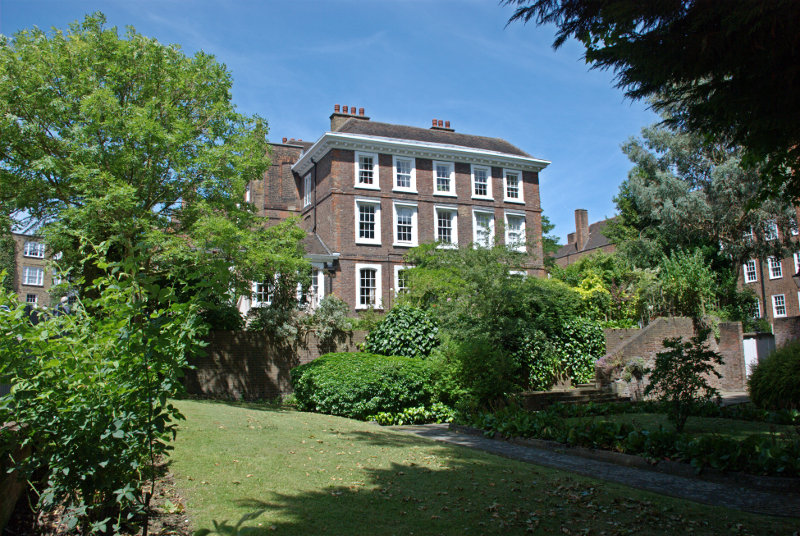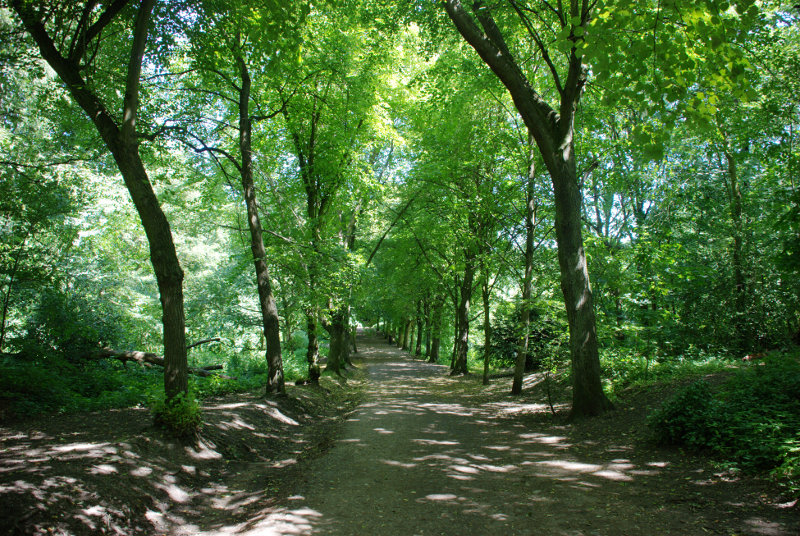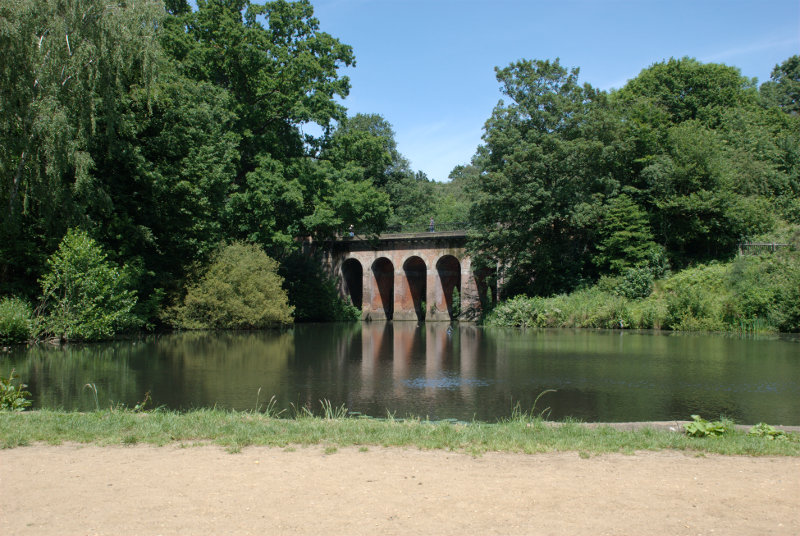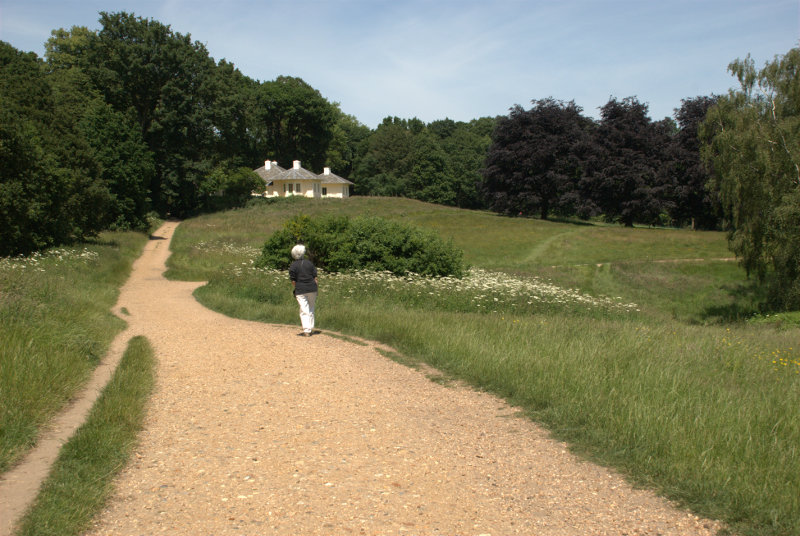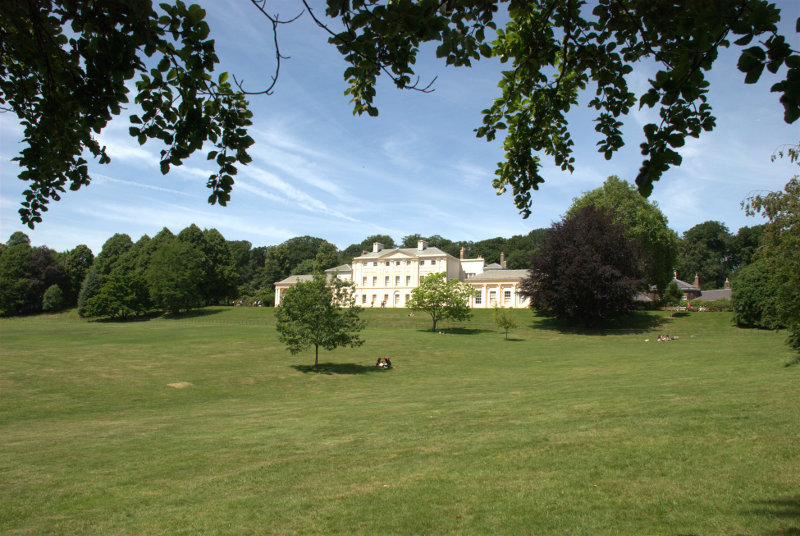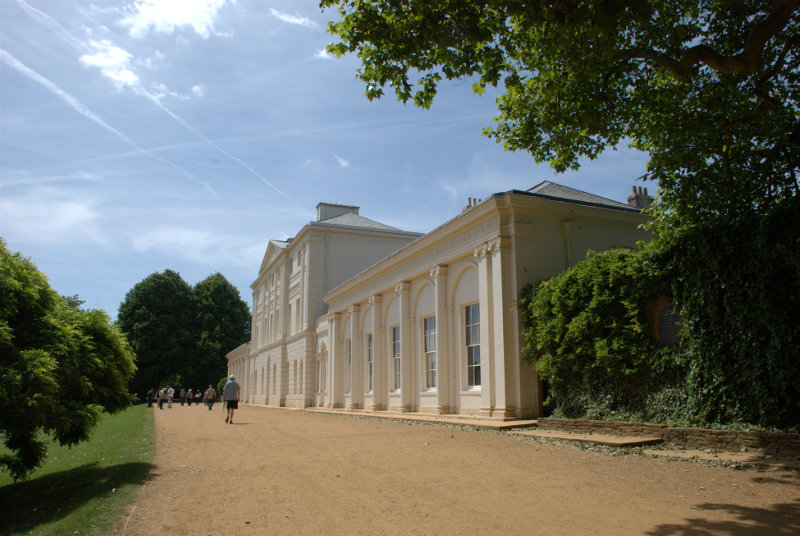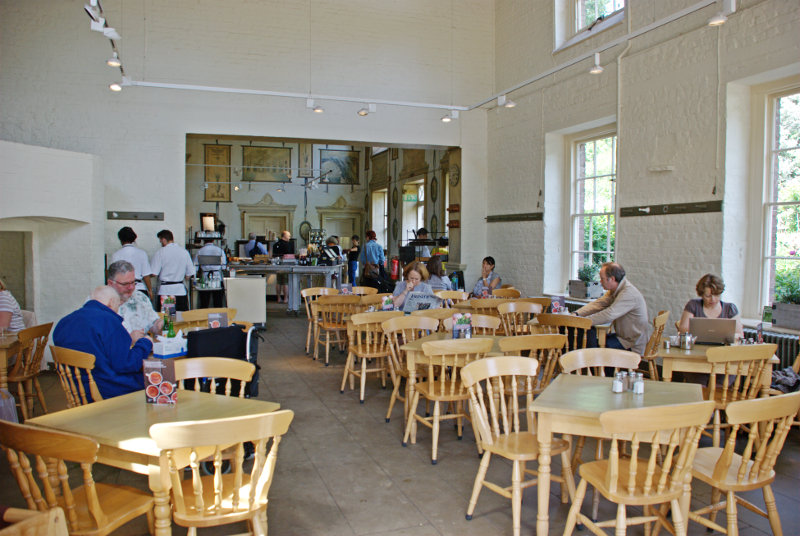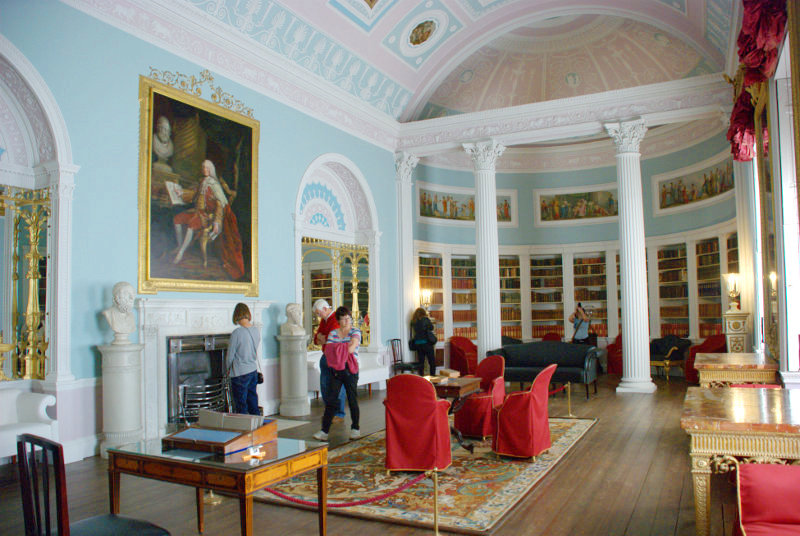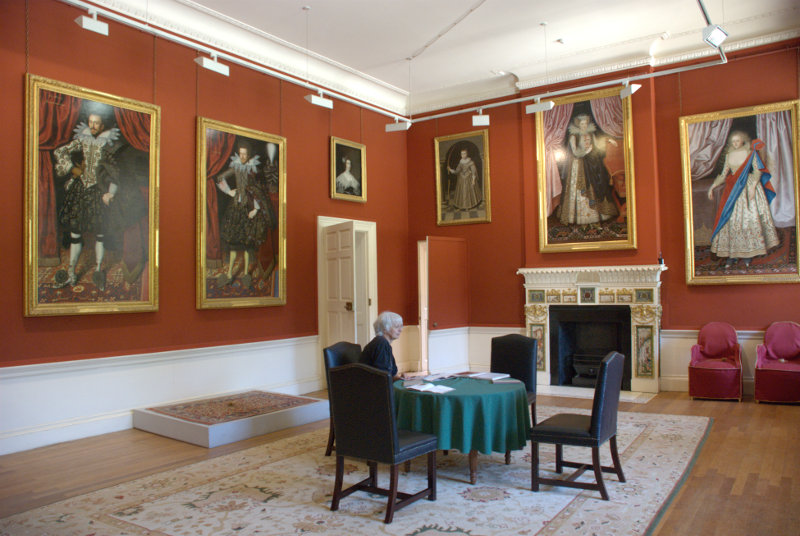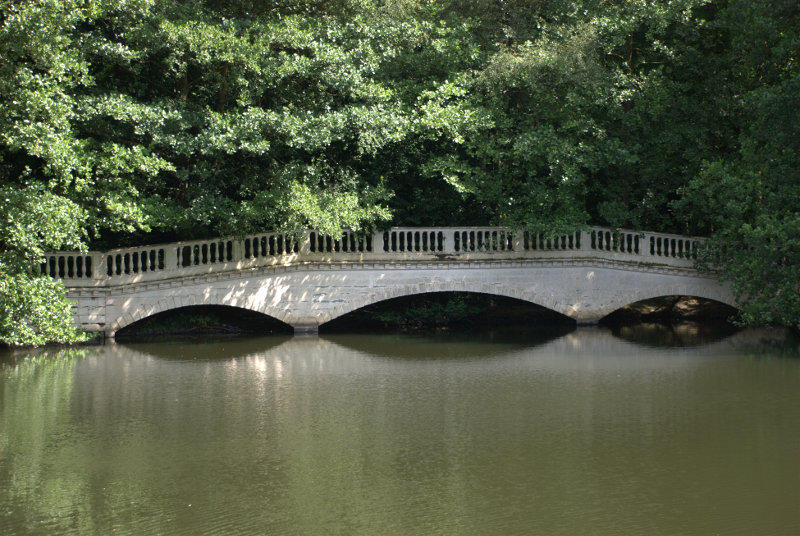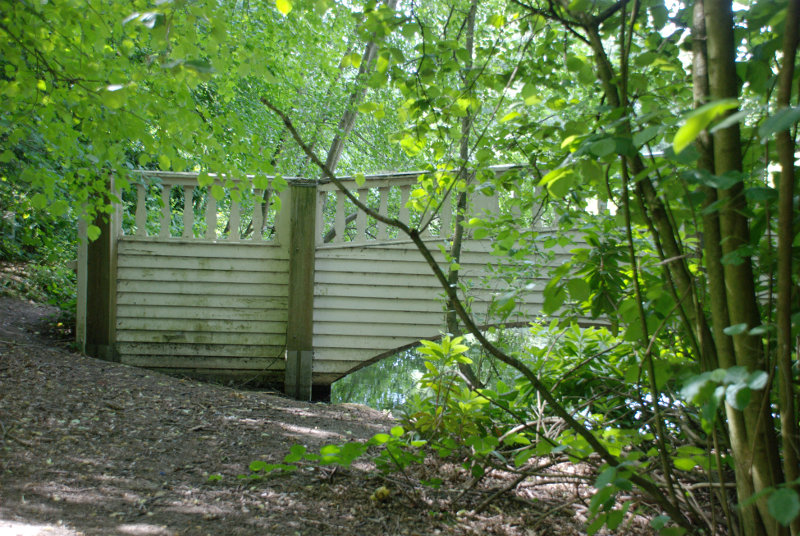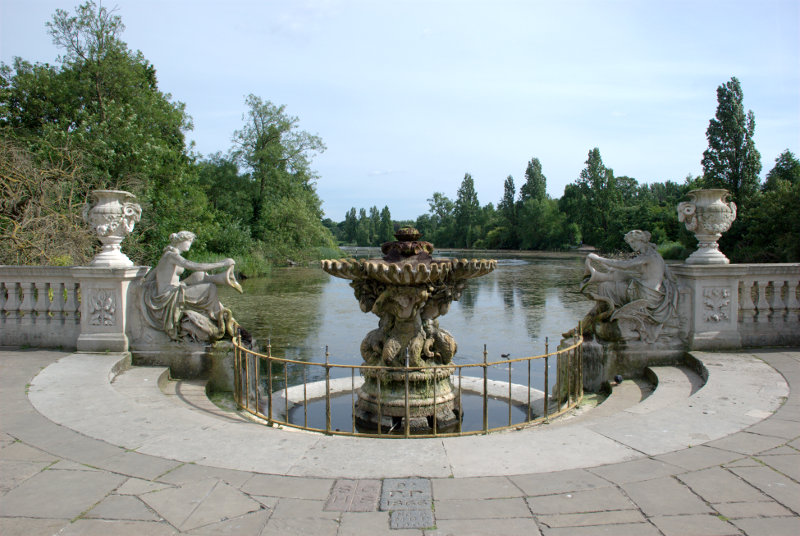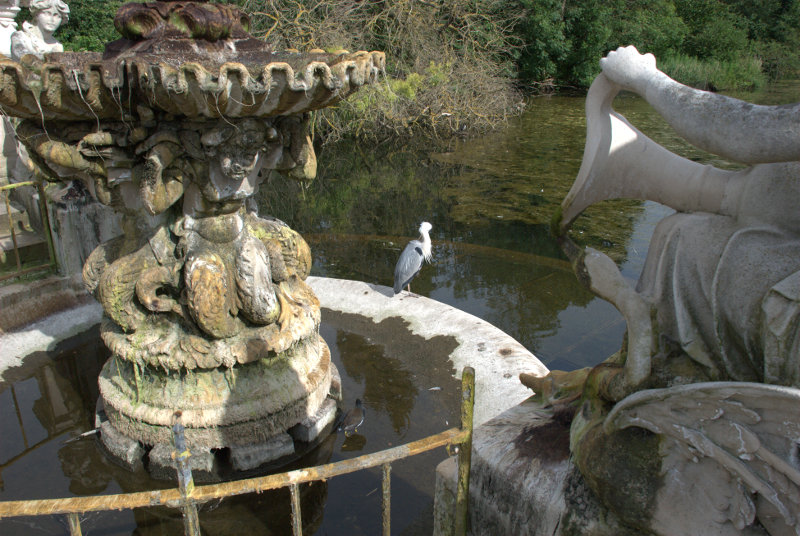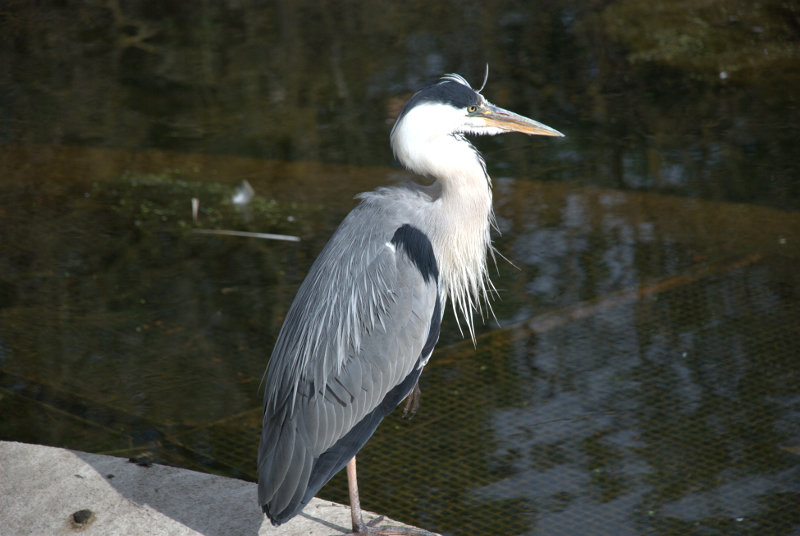Following the stones
We started today with a little trepidation because 4 weeks ago to the day we were also going on a day trip, although to a different destination, and immediately after finishing breakfast I had a heart attack and was carted off to hospital where I spent the next 4 days. It turned out to be a minor heart attack but it is, apparently, going to take 6 weeks to get back to normal (another 2 weeks to go from now).
We were not really expecting any problems today, and there weren't any, so we set off for the railway station.
We were headed for London, change at Stratford onto the DLR for Woolwich Arsenal then just two more stops on South-Eastern Trains to Abbey Wood Station. A short walk and here we are. But where exactly?
This is Lesnes Abbey Woods in the London Borough of Bexley just two miles south of the River Thames at Cross Ness or two and a half miles east of Woolwich Ferry. In the picture above the pointed skyscraper of Canary Wharf is visible near the centre line of the image with the top of the Shard showing more to the left.
The ruins at the bottom of the picture above is one of the features we've come to see. The abbey was built during the 12th century and the first inmates probably came from the Holy Trinity Priory in Aldgate.
Although there is not a lot of structure left above ground the ruins are quite extensive. The area below was obviously the abbey church showing the bases of the columns in the church nave and the second picture shows its position relative to the other parts.
There are some parts with a significant amount showing above ground as shown here.
The inhabitants were known as Augustinians or Black Cannons and they used to meet every day in the Chapter House to discuss the business of the day and here Amanda is trying to pretend to be one of the Cannons sitting on the bench. She doesn't seem to have much of an audience (perhaps they were warned that we were coming). ![]()
It is interesting to speculate how they aquired, and organised the delivery of, all the stone needed for such a large building especially as there is no stone like it locally. The River Thames, as I said previously, is 2 miles away so the stone could have been delivered by sea – but from where? How would they have contacted the people who could supply the stone.
The abbey ruins are situated next to a wood which we wanted to explore next. Just bear in mind that it isn't flat around here and you will, like us, be going up and down some hills but the wood is really lovely and covers some 217 acres.
We were also looking for some geological deposits known as the Blackheath beds which are very fossiliferous and which I visited about 55 years ago. They were easy to find then, I have the fossils to prove it, but we couldn't find them this time. That was a little disappointing but I'd like to try again sometime.
The abbey was demolished around 1525, partly because of the dissolution of the monastaries by Henry VIII and partly because it was then already in a rather neglected state, and some of the stone was used to build Hall Place (Tudor) about 3 miles away measured in a straight line. We decided to follow the stones to Hall Place and so jumped on a number 229 bus which would take us very near Hall Place. The journey took around 50 minutes because the bus goes a rather long way round but it does make the journey simple.
The walk from the bus stop to Hall Place, which is still in the London Borough of Bexley, was quite short and we had our first glimpse of Hall Place from the road.
It certainly looked interesting so we hurried round to the entrance. Entry to the grounds is free and there is a lot to see but to go into the house requires an entrance fee of £8 per adult, £6 pounds for oldies (us) and a further discount of 50% for National Trust members (also us) so we paid £3 each for the house. If you have a National Art Pass from the ArtFund then entry to the house is free.
However it was now lunchtime so before we got to the house we found their cafe by the River Cray and had some lunch. I had seen some reviews of the cafe on the internet and they tended to be rather disappointing so we were not expecting much. However things must have improved as my soup and bread roll was really tasty and Amanda's bacon sandwich, she said, was exceptionally good. We also had no complaints about our coffee and tea. We sat outside on the river terrace and could watch the ducks and geese swiming about including Mrs Canada Goose and family.
After lunch we crossed the river over the bridge next to the cafe to see the Rock Gardens and it was certainly worth the short walk. You can see the house, with the cafe this side of it, in the second picture which will give an idea of distance.
There was a great variety of plants including some that were of particular interest to Amanda and lots of different colours which made a really attractive display.
Back across the river we turned away from the house towards the greenhouses where we found a large conservatory which was free entry so we went in. There was a rectangular path with the centre taken up with a pond surrounded by lush vegetaion and around the outside of the path were benches covered in various plants, flowers and cactuses.
We then made our way towards the western end of the grounds which had some beautiful areas of parkland together with lots of colour from numerous Azaleas which are in bloom at this time of year.
Walking towards the colour we were soon to realise just how many Azalea blossoms and colours there were and these pictures show just a few.
There was another bridge here over the river which was partly festooned with Wisteria.
The only downside to this part of the grounds is the traffic noise from a very busy road nearby. We turned round here and started to head back towards the house passing through the 'Really Useful Garden' on the way. Yes, that really is the name. It appears to be a herb garden with, yes, really useful herbs and I must say the Box hedges look really neat.
Next we went into this garden with flower beds divided into compartments by rather neatly trimmed wavy hedges. We expected to walk out the far end but discovered that the way in was the only way out.
As we neared the house we encountered the Queen's Beasts – a set of ten brilliantly executed topiary heraldic animals which were planted to celebrate our current queen's coronation. They've grown into big beasts.
At the far end of the Queen's Beasts is this turret on the house demonstrating some pretty impressive flushwork.
In architecture flushwork is the decorative combination of flint and stone on the same flat plane. Flushwork begins in the early 14th century, but the peak period was during the wool boom between about 1450 and the English Reformation of the 1520s. Flushwork, and flint architecture in general, is usually found in areas with no good local building stone. Although the labour cost of creating flushwork was high, it was still cheaper than importing the large quantity of stone necessary to build or face the entire structure. The dark squares are flint and the light squares are stone.
The same technique has been used on the front of the house to good effect.
We finally went in to this Tudor house built in 1537 although the brick part was added in the 17th century and started our visit in the Great Hall with the Minstrel's Gallery.
Just off the Great Hall is the Kitchen.
One of the other rooms has this ornate ceiling.
Hall Place is one of London's hidden gems and, in our opinion, one that shouldn't be missed. I'm surprised that it isn't better known but I'm glad it isn't. ![]()
I am supposed to be taking things easily but I don't think that I did that today. Consequently by this time I was feeling tired and so was Amanda so we decided to call it a day. We caught a bus, from the same stop from which we alighted when we arrived, to Bexley Station and then a train to London Cannon Street and thence to Liverpool Street Station and home.
































